MURMURATIONS
MURMURATIONS - Ephemeral Plastic Sculptures
Photographs of a Man-Altered Skyscape…
A distant rustle, puffs of air: a swarm forms and rises in the breeze, drawing elegant arabesques in a sky full of shimmering reflections of light. At first, the works of Alain Delorme capture the magic of the first fleeting beauty of a flock of birds, a Murmuration. However, this initial charm soon vanishes when the viewer takes a closer look, notices the clever deception, and discovers what is really behind the graceful flocks, the sometimes aquatic, sometimes calligraphic shapes: thousands of plastic bags, meticulously arranged by the artist, their massive presence threatening to asphyxiate the horizon.
This work is located at the crossroads between various visual cultures and diverse artistic heritage, primarily cinematic: Murmuration seems like an improbable blend of the sight of the plastic bag which in American Beauty (1999) swirls around almost hypnotically, and the vision of The Birds in Hitchcock’s great classic from 1963. Both play with the reversal of perspective: the Master of Fear builds his plot on the inexplicable aggression of actually harmless animals, while the scene captured by the amateur filmmaker seems to unveil the beauty and delicacy of an otherwise ungainly object.
More generally, Delorme’s digital creations echo land art installations –presenting natural spaces that have been physically transformed in order to question their fate and vulnerability. Finally, in this work, Delorme revisits accumulation; a recurrent theme of the New Realists also leveraged in Delorme’s previous series- using absurdity to bring attention to the excesses of modern society.
By choosing such a common and universal artifact, the commentary takes on a global relevance. The context of the images is only hinted at, without explicit geographic positioning. The outline of our proud industrial societies, factory chimneys and power lines stand out as shadows playing against a sky that is bathed in a twilight that seems to announce the end of an era. Because the plastic bag poses a truly universal threat: it invades urban surroundings, litters natural habitats, paves seabed, and takes over deserts.
Through this “trompe l’oeil,” Alain Delorme steps away from any militant position, favoring the process of gradual awareness. He cuts out, assembles and arranges the elements of both a fictional and probable reality into one image that projects the sunsets of our tomorrow. Looking towards the sky, one may recall the title of the famous 1975 photo exhibition New Topographics: Photographs of a Man-Altered Landscape, an exhibit that led us to question the future of industrial society. With this in mind, one could modify the title of the current show to Man-Altered « Sky » scape. When the artist contaminates our dreams…
Raphaële Bertho, september 2013
ICONS
« Saintetés de substitution » par Paul Ardenne, mai 2017
« Icons d’Alain Delorme illustre à sa manière particulière un manque très contemporain, le manque des idoles. Entendons, le manque des véritables idoles, celles qui en vaudraient la peine, grands leaders politiques ou d’opinion, grands combattants des causes humaines, grands esprits libres indifférents aux consensus de circonstance et à la pensée de plateau de télévision. Oui, Icons parle bien de cela, de ce manque-là, en faisant valoir par substitution les portraits – trafiqués, qui plus est – des seules idoles qu’aujourd’hui nous serions en droit de mériter, acteurs de cinéma, starlettes de téléréalité et autres footballeurs. »…
« Du sourire de façade du héros contemporain revu et corrigé – sanctifié – par Alain Delorme, faut-il le dire, ne sourd pas cependant que la légèreté, la bonne humeur, la joie de vivre, le sentiment de la surhumanité nietzschéenne affichée comme un drapeau qui claque au vent de l’Histoire. C’est tout l’inverse, plutôt.
Une lancinante tristesse émane de ces portraits, de ces Icons qui ne nous dupent pas, qui ne nous leurrent pas et qui, pour solde de tout compte, ne nous éblouissent que parce que nous le voulons bien.
Car enfin, nous le savons, en notre for intérieur : Leonardo di Caprio n’est pas Jésus, Vincent de Paul ou même, sur un registre bien plus humain, Martin Luther King ou Nelson Mandela ; Christiano Ronaldo le footballeur vedette, un autre des « saints » d’Alain Delorme, n’est ni Siddhartha ni Achille pas plus que Kim Kardashian n’est la Vierge Marie, Kateri Tekakwitha ou Amma la reine des câlins.
Icons, en cela, est une série photographique aussi euphorique que cruelle. Sur le refrain de la transfiguration humaine, elle nous chante en canon notre martyr d’individus plus que jamais en quête d’une identité pure, à la recherche de cette fichue sainteté que nous ne détenons pas mais à laquelle nous aspirons chaque jour que Dieu fait. Dieu qui est par ailleurs, comme nous le savons aussi, mort depuis longtemps. »…
Paul Ardenne est écrivain et historien de l’art.
Il est notamment l’auteur de L’Image-Corps. Figures de l’humain dans l’art du 20e siècle (2001) et de Art, le présent (2009).
QUARANTINE
QUARANTINE
Le 16 mars 2020, les français apprennent que leur gouvernement décrète une interdiction de déplacement pour le lendemain, vulgarisée sous le nom de confinement obligatoire. Ainsi au printemps, des millions de personnes se sont retrouvées à amasser des rouleaux de papier toilette, du sucre, de la farine, des oeufs, des conserves. Une pénurie est apparue rapidement dans les villes moyennes, sans fondement réel. Les produits de première nécessité ont déserté d’une manière confondante les petites épiceries de quartier et les rayonnages des superettes, super et hyper marchés, temples de la consommation de masse. Acheter parce que les autres le font, symbole notable d’un besoin de se rassurer, marqueur d’une fragile sérénité jusqu’à la prochaine angoisse irrationnelle.
Construite pendant les 55 jours du confinement, Quarantine pointe une société et ses failles, comme Alain Delorme sait le faire. OEuvre contextuelle, cette série photographique ne se résume pas uniquement à cette période trouble de la pandémie mondiale. Elle est aussi un amusement, une joie simple, une soeur des One Minute Sculpture d’Erwin Wurm, et une jeune parente d’Un Après-midi tranquille de Peter Fischli & David Weiss. Père de famille, confiné à Paris avec ses deux enfants de moins de 4 ans, l’artiste a créé des images qui rappellent des mobiles bricolés ou un jeu de Badaboum improvisé avec sept sortes de pâtes et trois de poissons panés. L’acte photographique enregistre et fige ces éléments du quotidien avant leur chute. L’ironie n’est pas loin, et l’équilibre est subtil entre sociologie, politique et jeu.
Le rituel et une forme de sacré enrobent également ce travail. Sur fond coloré, Alain Delorme façonne ses stèles. Sculptures universelles et figures totémiques d’un monde qui avale les objets, en produit à n’en plus pouvoir, en rejette tout son soûl. L’artiste les portraitise ; comme un anthropologue amoureux en phase ethnographique, il observe et collecte les faits. Pas si loin de Walker Evans qui magnifiait les masques africains du MoMA en 1935, Delorme travaille la lumière et les ombres, ajuste son cadrage. Le photographe transfigure la nature morte et renvoie vers des croyances nouvelles, de nouveaux modèles d’extase et de ravissement. Les pommes de terre germées sont agencées tel un masque ethnique ou est-ce une croix celte ? ; des colonnes de morceaux de sucre et de savons sont dressées comme à l’entrée d’un temple et l’ensemble de gants carmin, érigé en fétiche, se fait gardien du foyer.
L’arrière-plan épuré est profondément présent, avec les légères textures et le choix que l’artiste fait d’une palette pastel aux multiples densités. Jamais inutiles, les teintes et leur alliance apportent une autre lecture au travail. Mise en valeur des objets ou évasion de l’imaginaire, elles sont justes et habilement associées. Les binômes de couleurs, le simili, les veinures du bois et les matières composites accentuent la force des équilibres et des monticules d’une précaire acuité.
À l’image de ses précédentes séries (Little Dolls, Murmurations, Icons et Totems), ce projet d’Alain Delorme propose une lecture ambivalente, sans jugement ni bien-pensance. Si certains peuvent y voir des ex-voto, offrandes iconiques et remerciements au grand dieu de la consommation et à sa générosité débordante, je perçois plutôt dans cet ensemble la volonté de l’artiste de montrer une nouvelle fois avec subtilité les égarements des sociétés consuméristes. Il propose une lecture ludique et surfacée d’anthropologie. Comme souvent, Alain Delorme se place en acteur-spectateur d’une dérive. Entre absurdité et fascination, il examine, dévoile sans dénoncer et témoigne avec un soupçon de malice. Son travail donne à réfléchir sur ce que le monde fait et engendre. Une humanité autocentrée qui se rue et accumule sa nourriture dans une factice nécessité, révélatrice de l’anomie (perte de la norme) caractérisant les collectivités qui souffrent du chaos généré par l’absence de règles admises, de coopération et de bonne conduite.
À cette analyse un peu sombre, j’y adosse les moments de vie. L’Homme est un animal à forte adaptabilité. Alors, même confinés, soufflons avec les enfants sur la stalagmite de farine, parce qu’il faut bien les occuper… et ne pas négliger la musicalité des éclats de rire.
Émilie Flory — Manosque, octobre 2020
LITTLE DOLLS
LITTLE DOLLS
Today, aesthetics is more present than ever. In a society where the image takes a full part in the daily environment, we’re facing a phenomenon of normalization.
This demand of perfection was initially built around the woman, then around the man, and now the child is the core subject. Altogether symbol of innocence, central in the family unit and advertising’s favourite target, the child has never been so protected and paradoxically so put forward as a commercial object. Nowadays, little girls want to look like their idols: Lorie, Priscilla, Britney Spears… The “Lolita phenomenon” keeps growing, really ingrained in our society. These baby women can be seen everywhere: on TV, in magazines, films, etc… My series “Little Dolls” questions this phenomenon.
This work has been inspired by a photography of a little girl, taken for an advertising campaign of the multinational company Mc Donald, an apostle of the standardization of the way of life. This little blond head for magazines, as sterilized as the cake in front of her, was being offered a Barbie doll in the end of the shooting. This gave me the idea of hybridizing her face with the one of the toy. A body mutation operated by computer tools, in the same artistic line as Aziz and Cucher or Inez Van Lamswerde. Creative works where one plays with pixels as a scientist does with genes, to recreate the Man, the child here, at will.
The process is always the same: a little girl, a cake, a colourful background and the parents. Then the transformation begins, thanks to a software retouching images. I apply a mask on the face of the little girl and remodel the nose, polish the features and modify the carnation, change the colour of the eyes, of the hair and recomb her. The background, position and proportions get standardized. This form of digital plastic surgery erases the real, replaced by completely artificial image. However, despite the lifting and relooking, I wanted to keep a certain idea of childhood. The hair can be somehow tangled, the nails are not well-groomed, the clothes, the accessories remain and help producing an impression of reality which leaves its identity to each image. This operative mode leads to a form of personalities normalization.
These images of a “worrying strangeness” charm and disturb at the same time, thanks to this “minimal gap” of representation. These images want to look like sweeties, colourful but sour. This “minimal gap” can be found also in the formal revival of the birthday photography. This social ritual, which gathers the family around the child, flirts here with the advertising cliché of little girls who have become women, in the pursuit of eternal youth. With the systematic presence of adults in the image, these portraits question the childhood’s feminization as well as the parents’ dreams’ projection on their children. This also evokes of course the beauty contests for little girls, widespread in the US as “Miss Beauty Children”, propelled towards the world of plastic competition. This is before all the opportunity for the parents to make their dreams come true through their offspring. They transpose the norms of adult beauty and in the same way their dreams of success.
The “Little Dolls” series is ambiguous. Neither family photography nor advertising imagery, the representation oscillates between womanhood and childhood, fantasy and reality. The digital technology subtly infiltrates the image, as the aesthetic codes of adults have impregnated the world of childhood. The digital photographic creation that I present here with “Little Dolls” wants before all to mirror our society, reflect the children’s dreams and their parents’ fantasies.




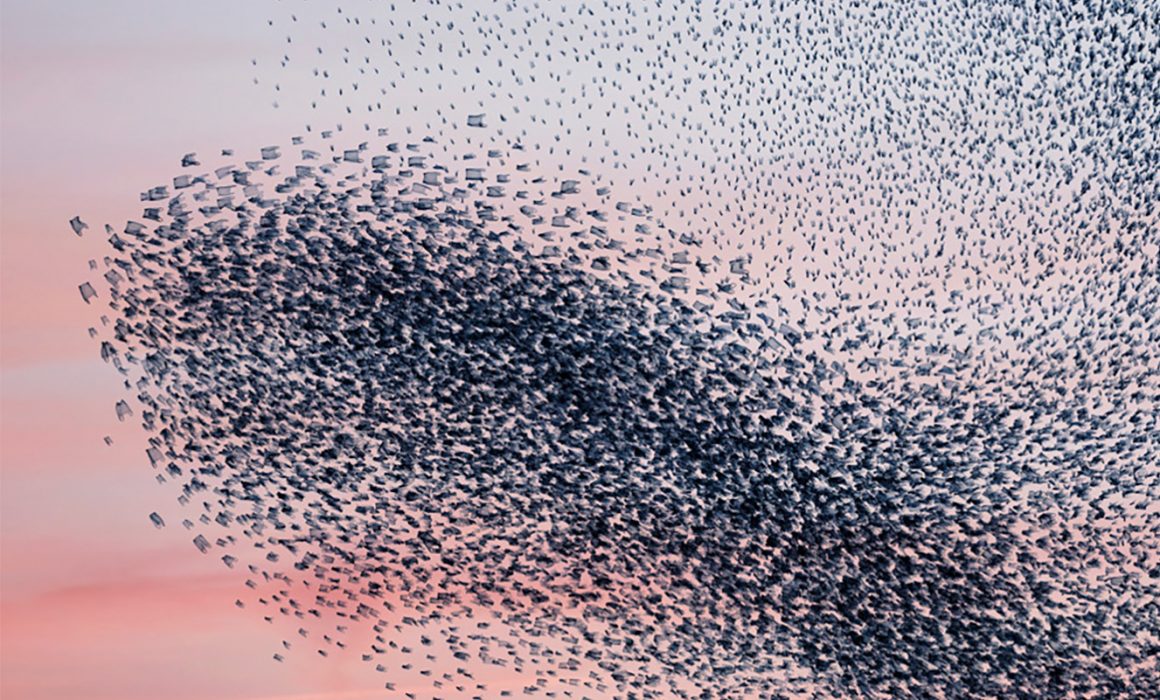
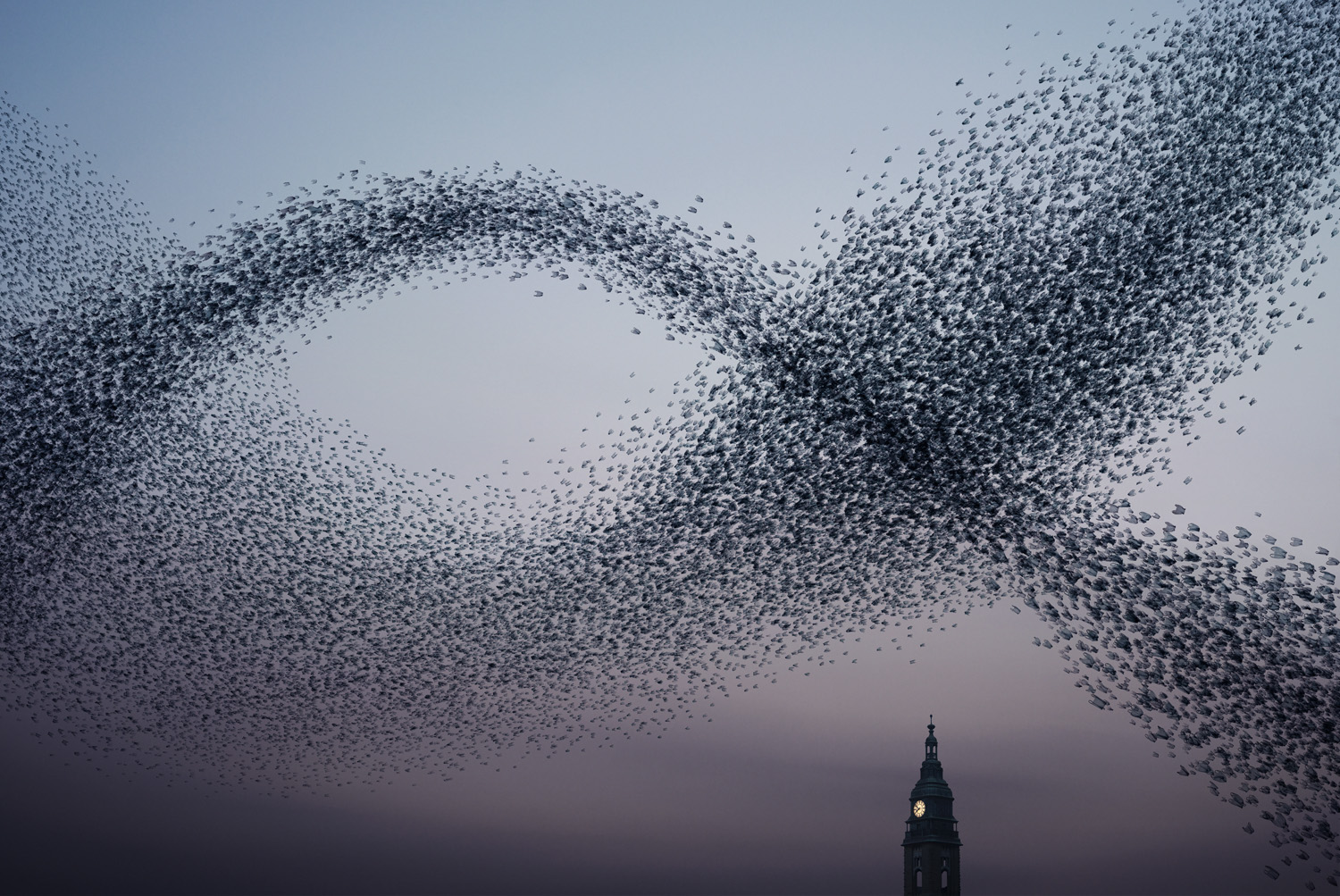
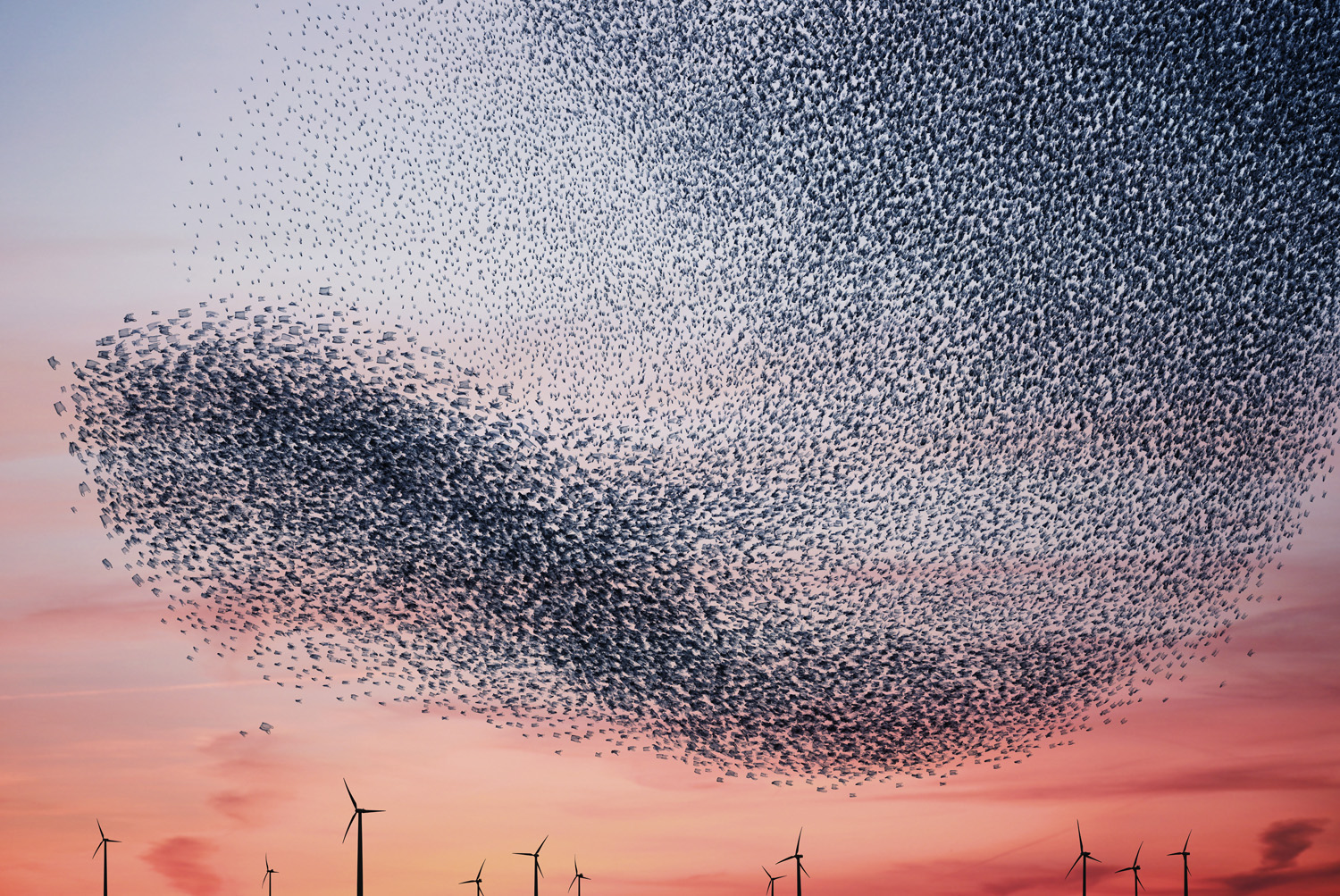
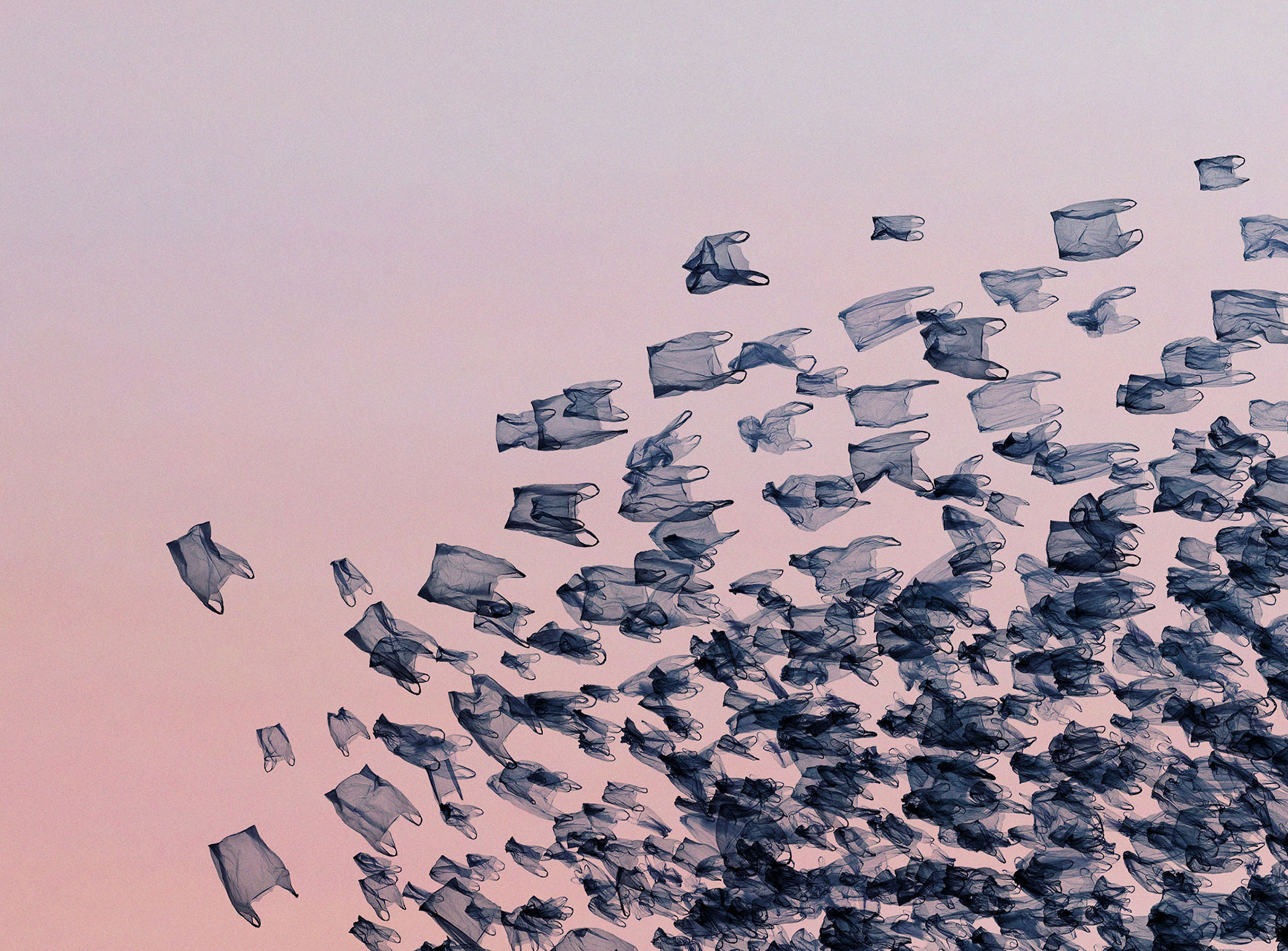
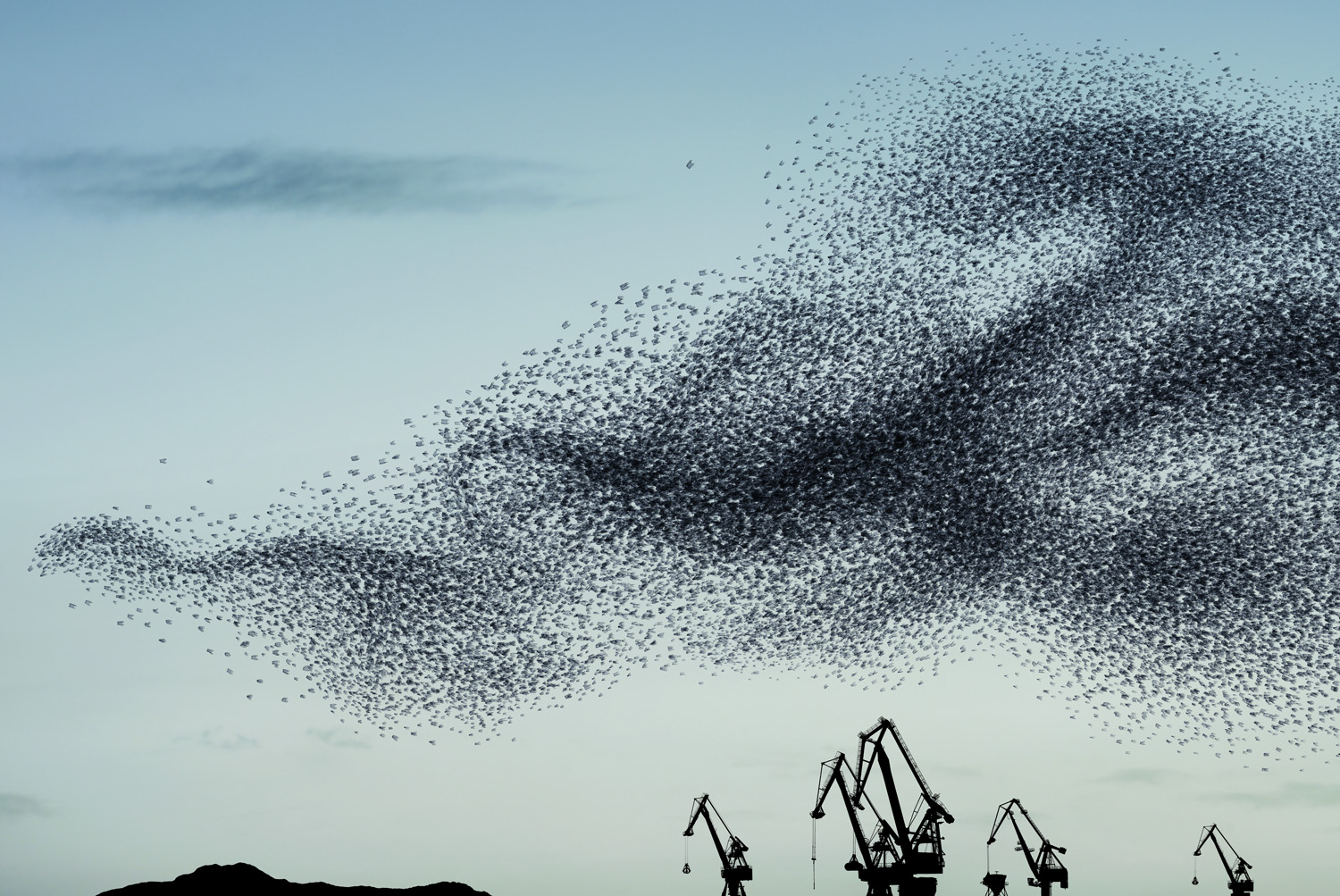
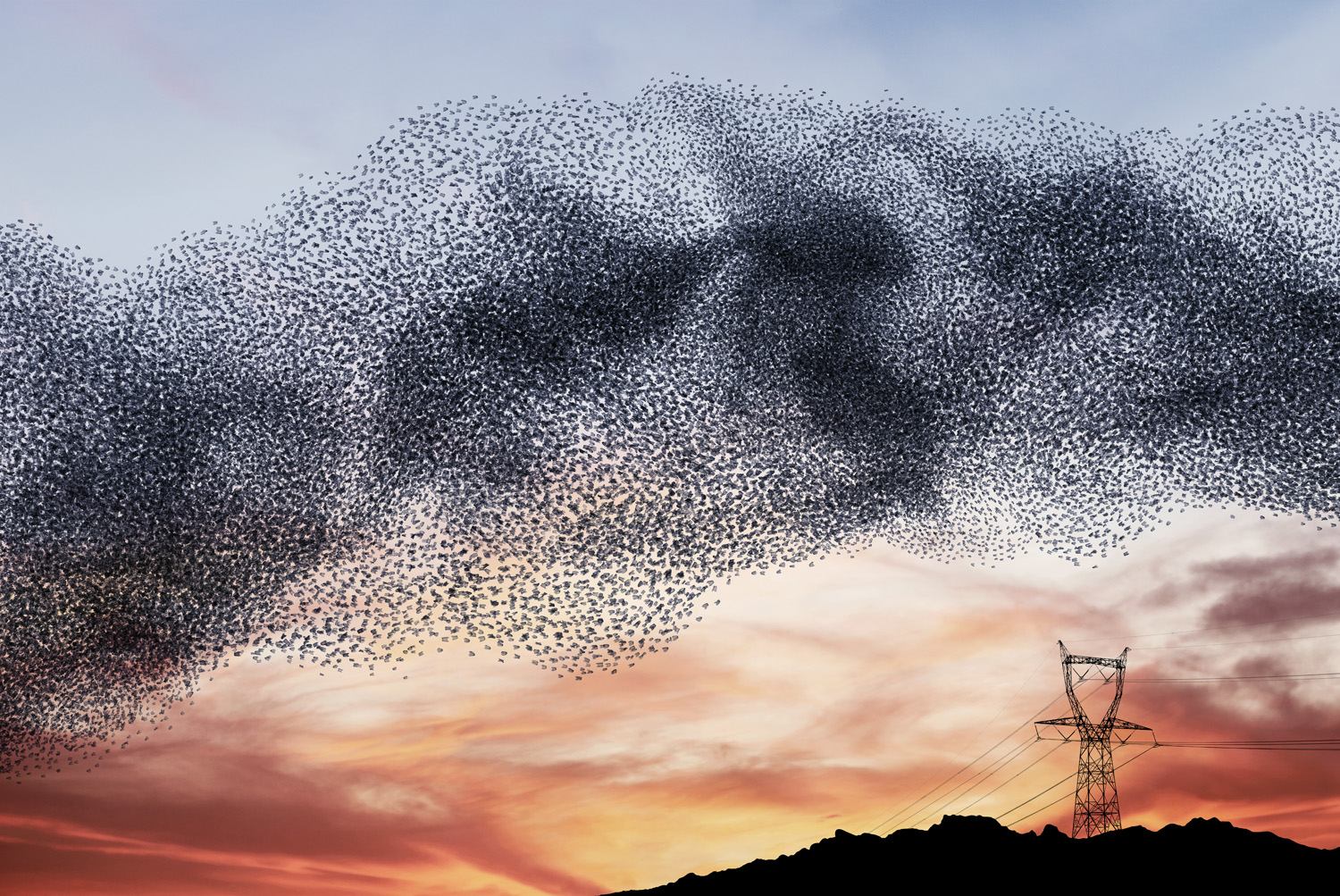
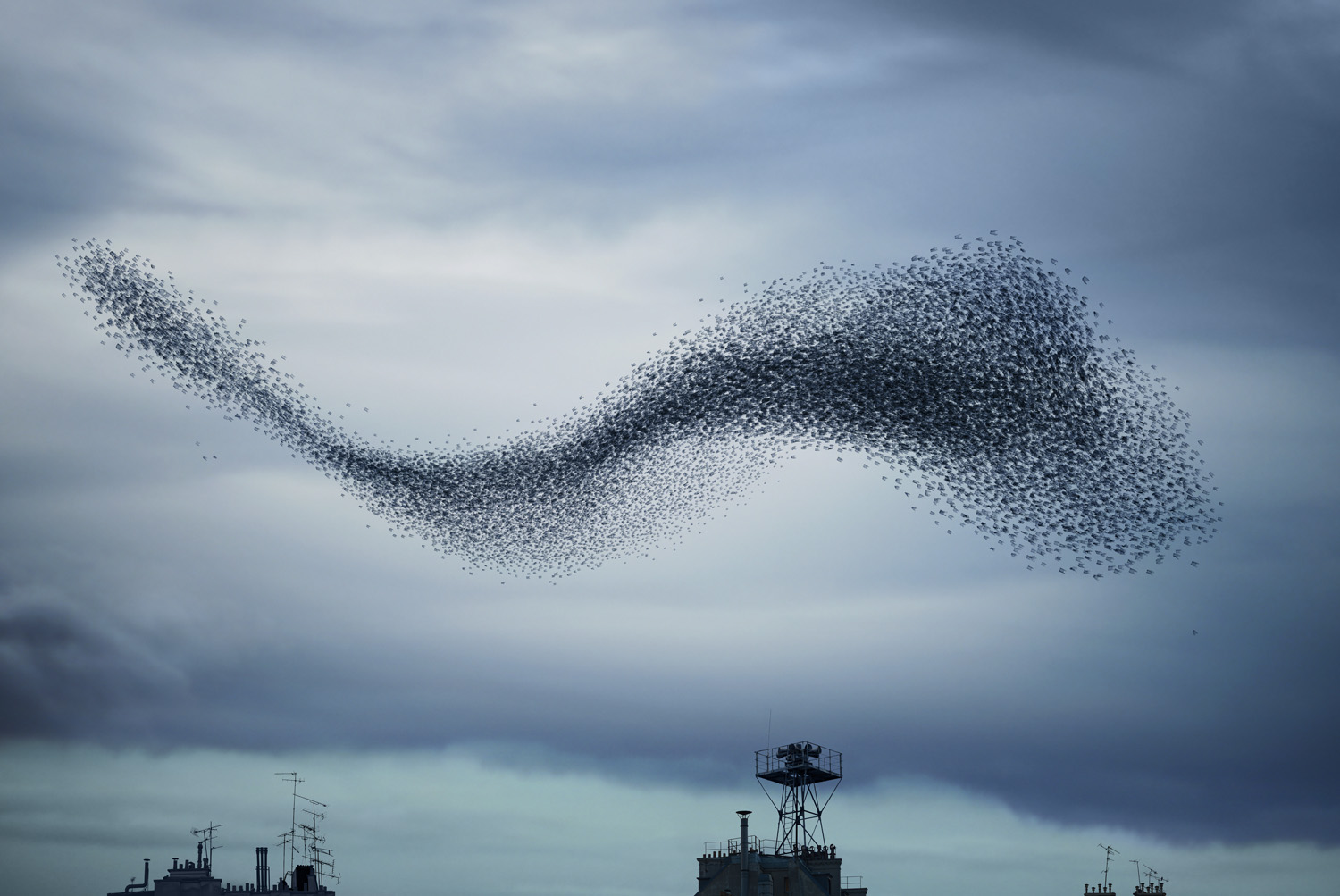
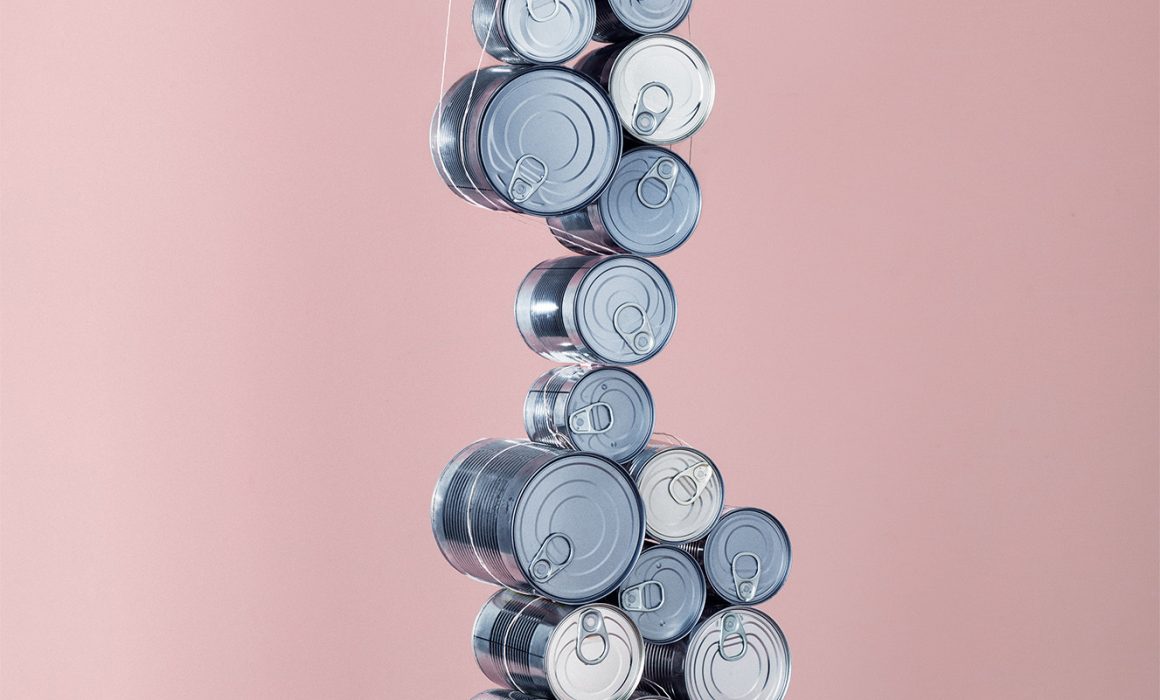
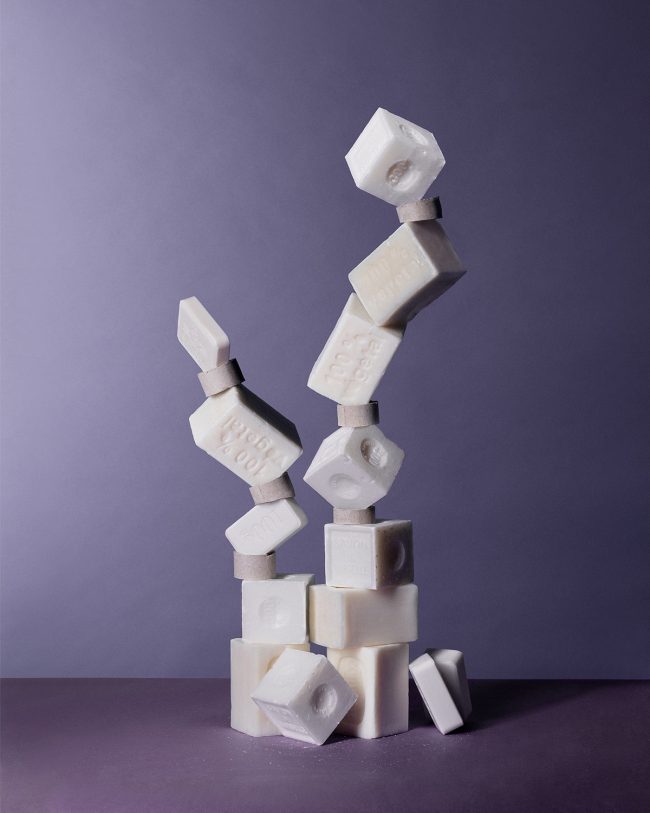
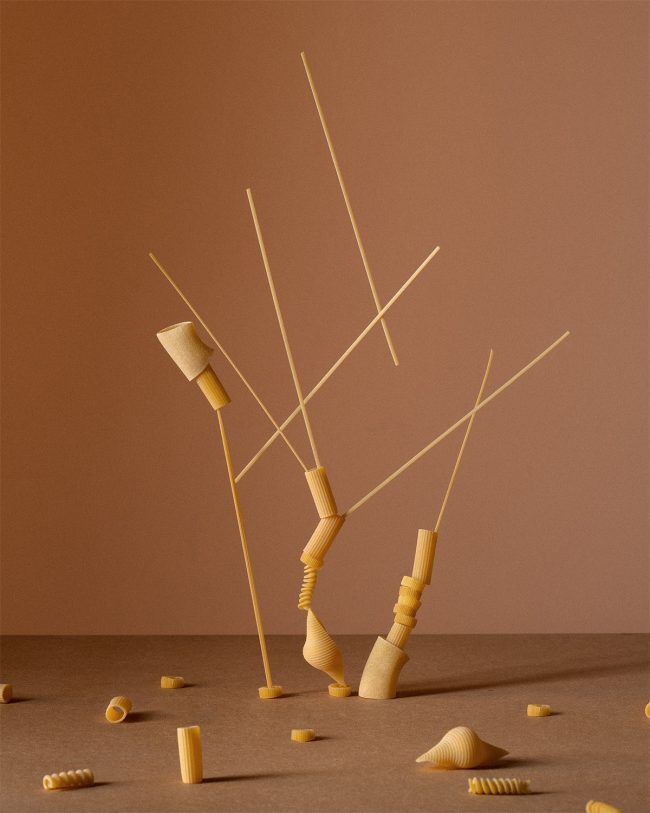
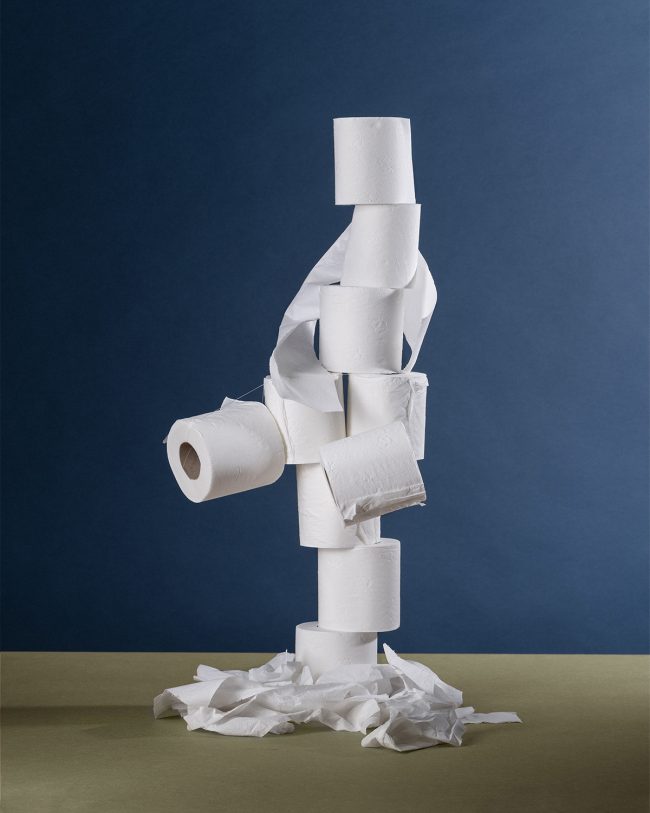
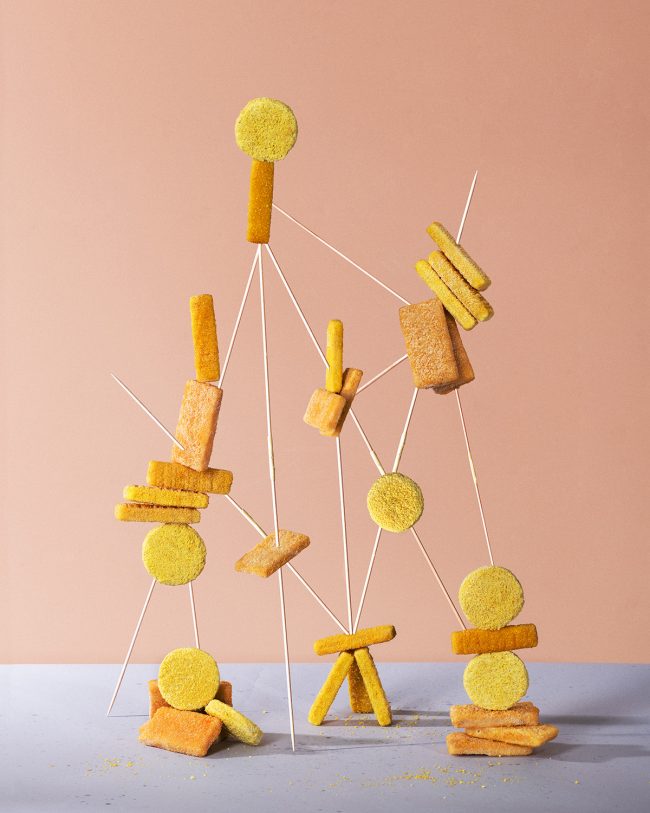
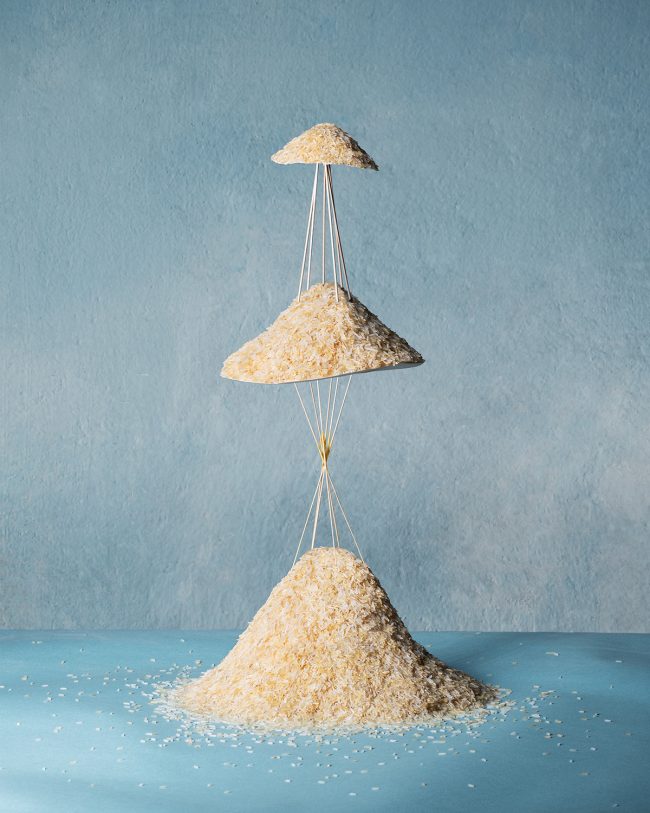
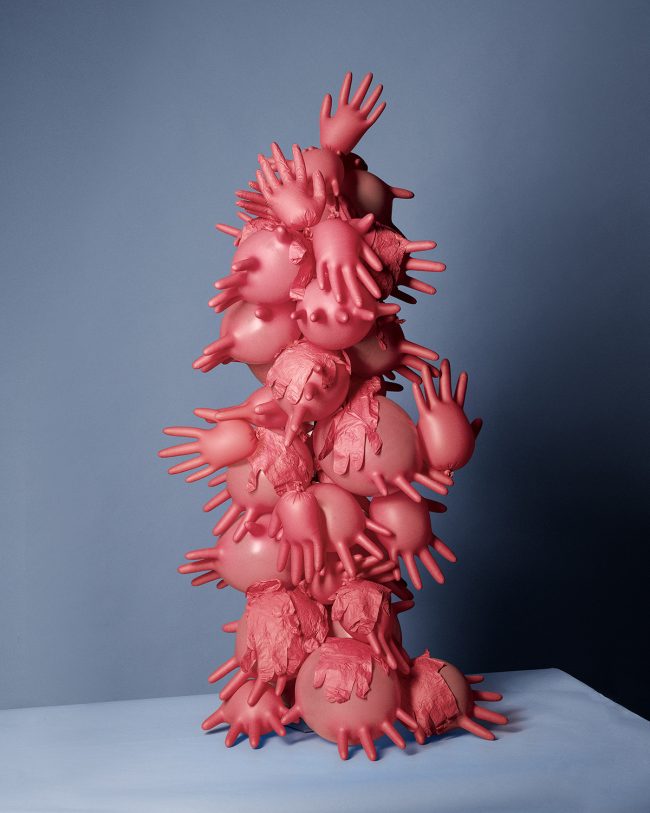
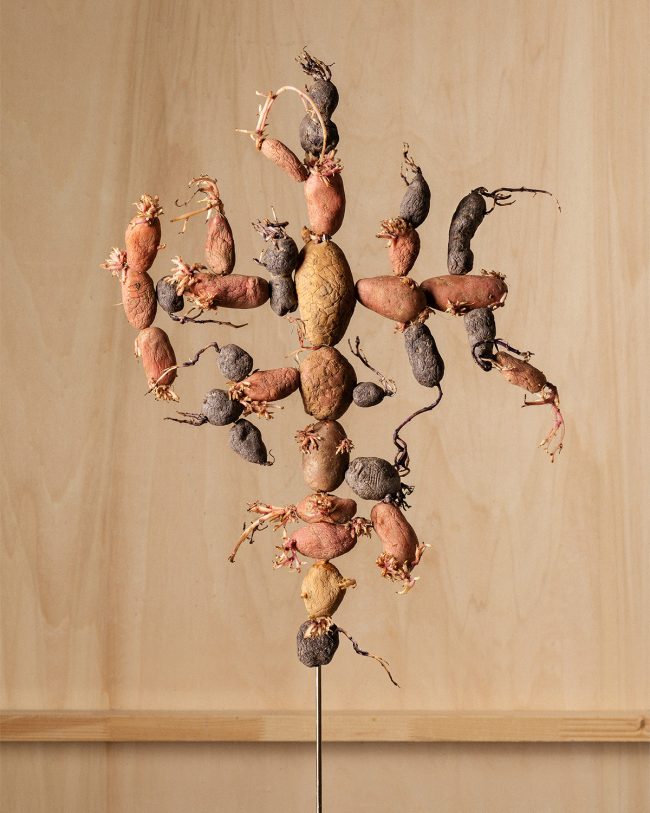
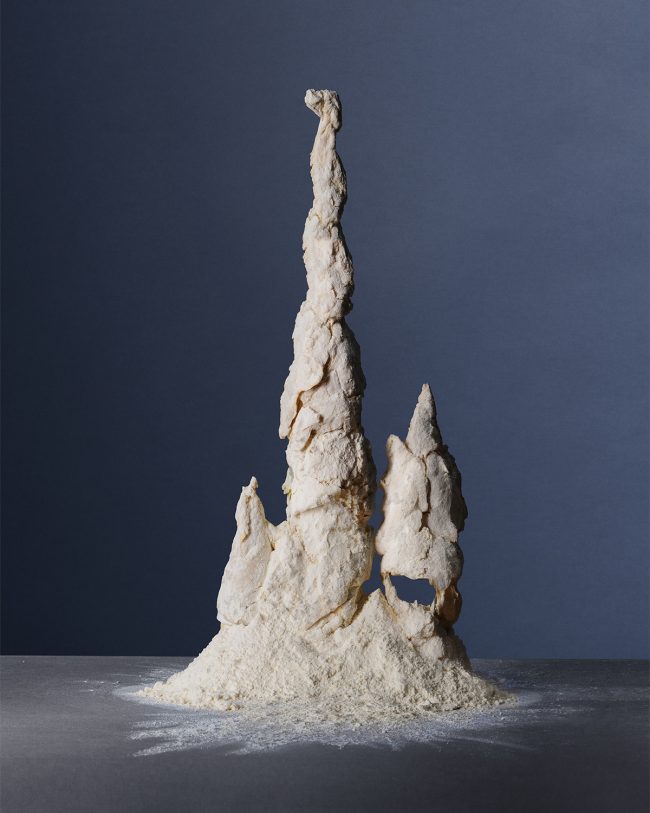
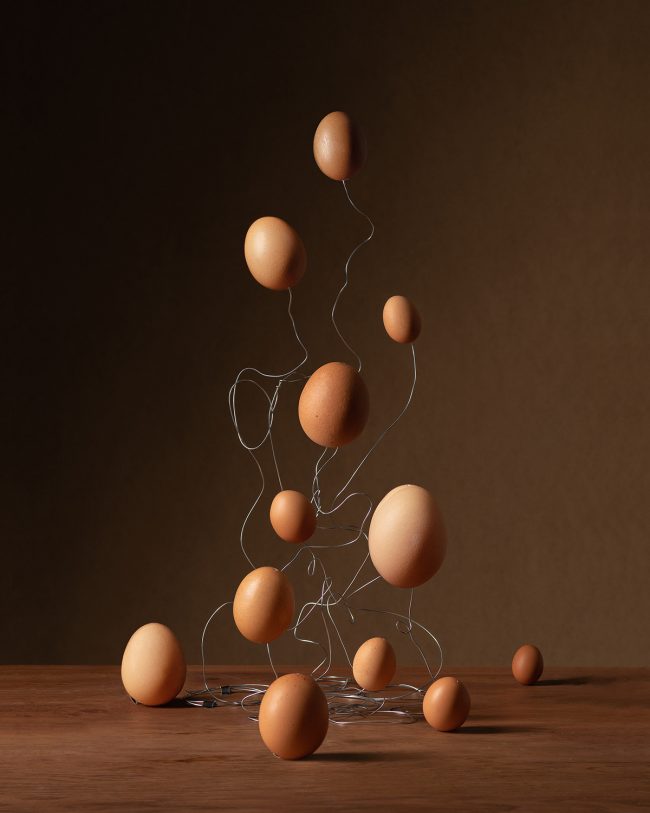
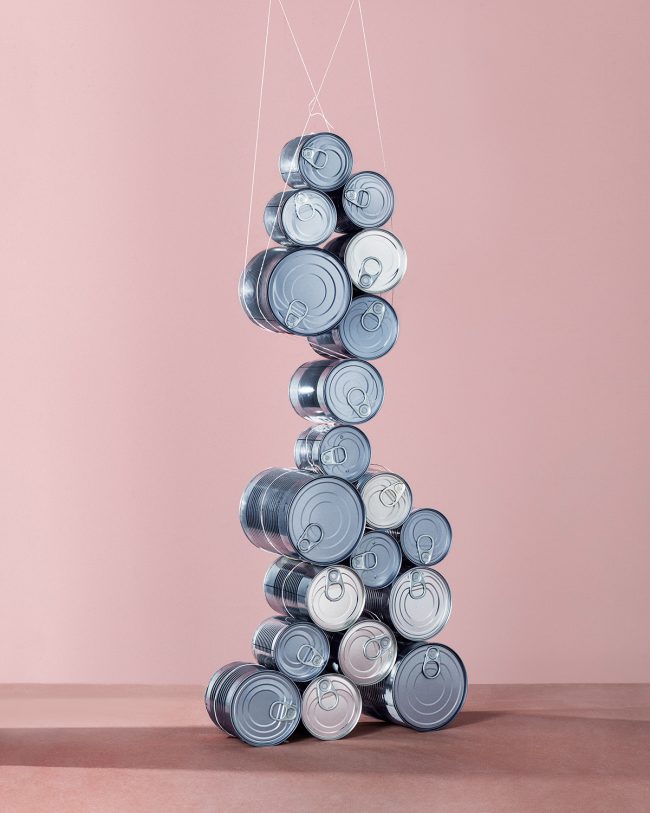
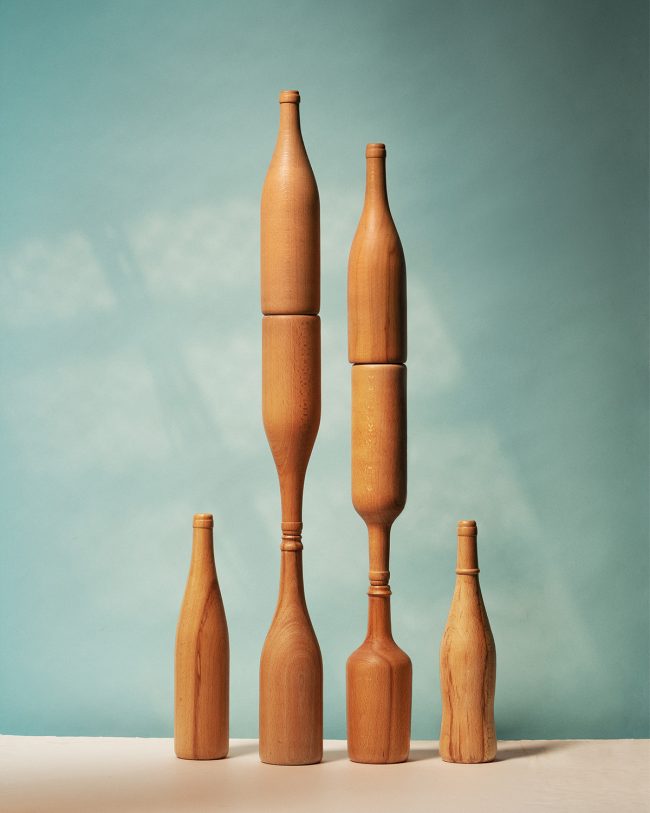
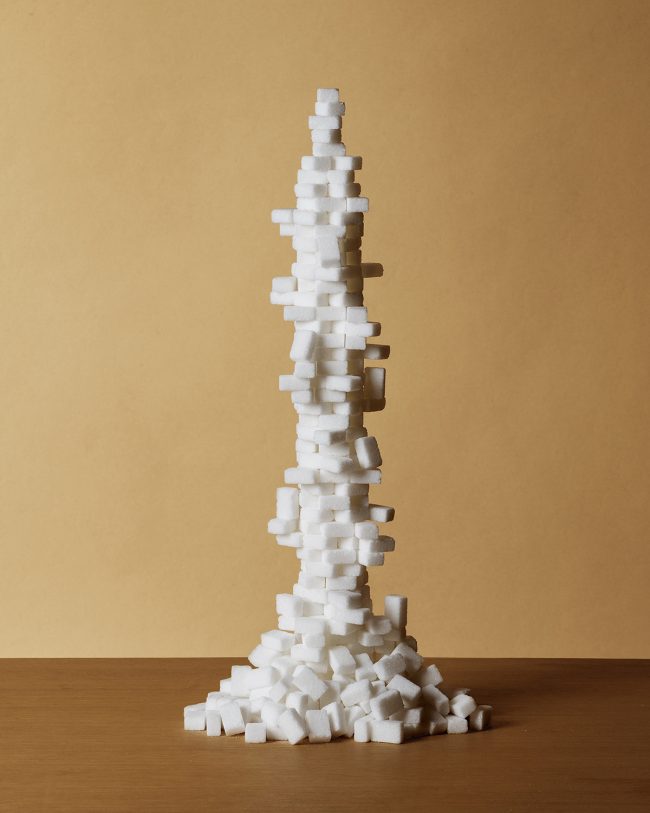
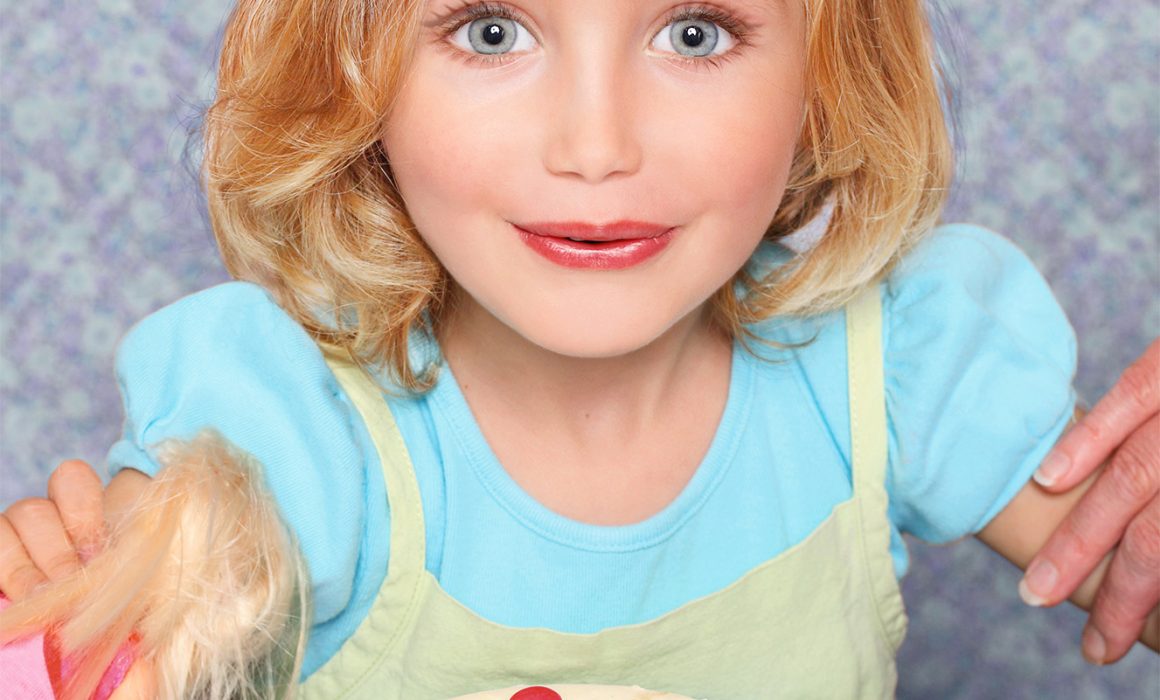
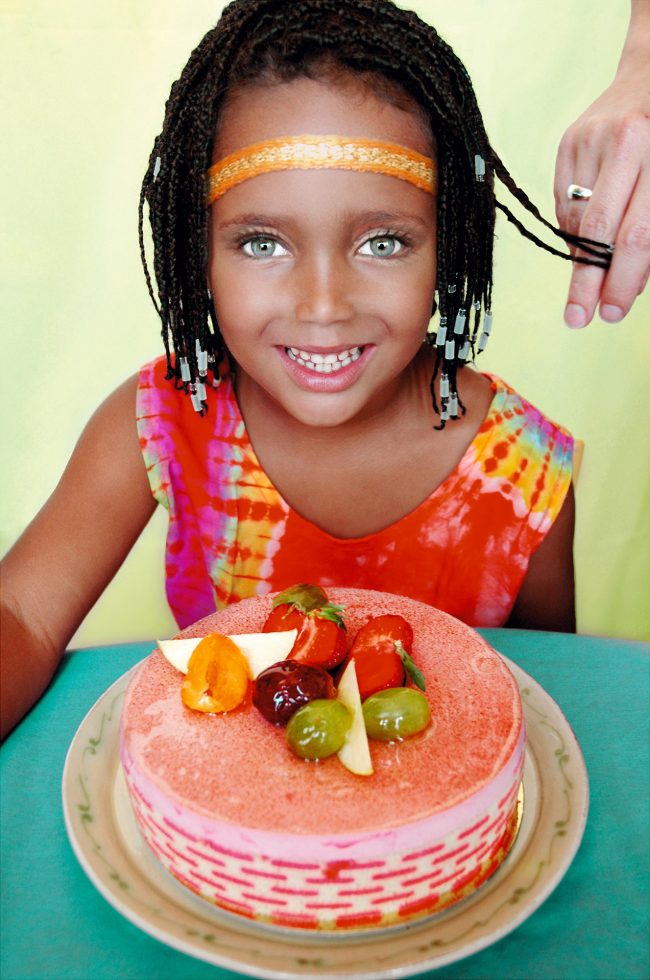
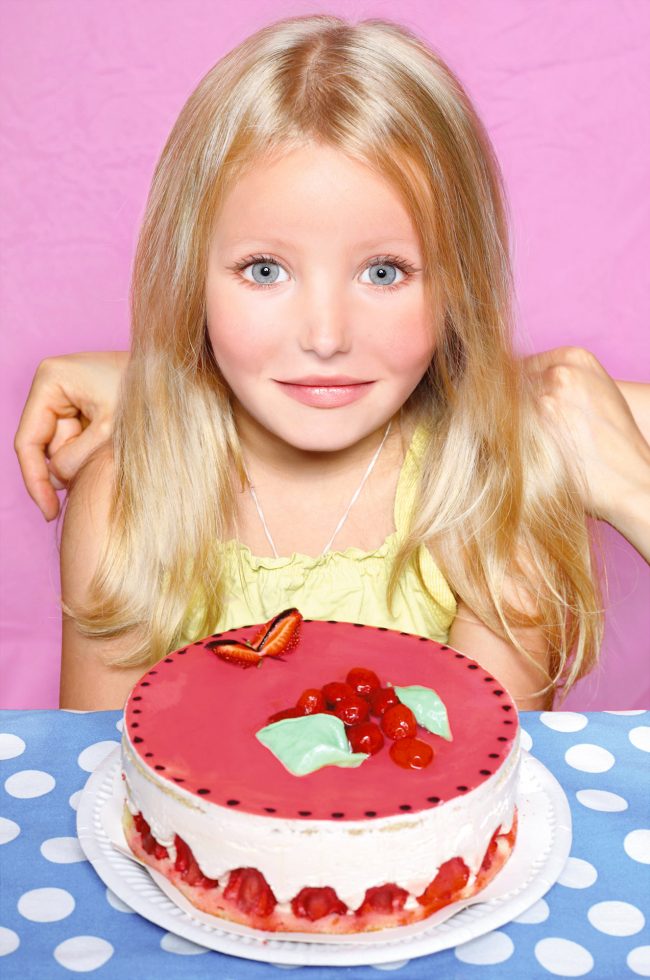
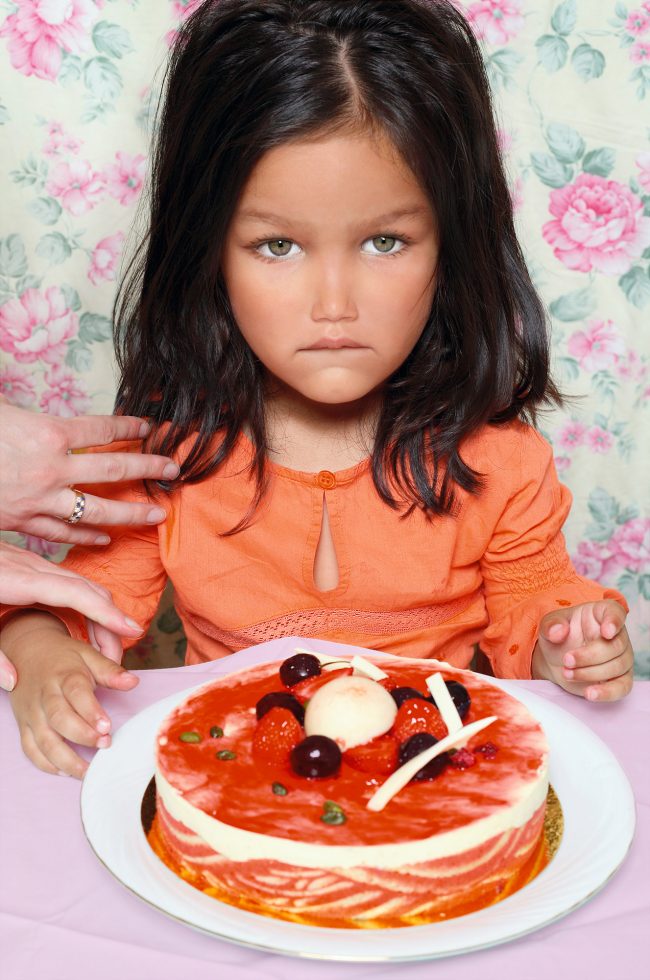
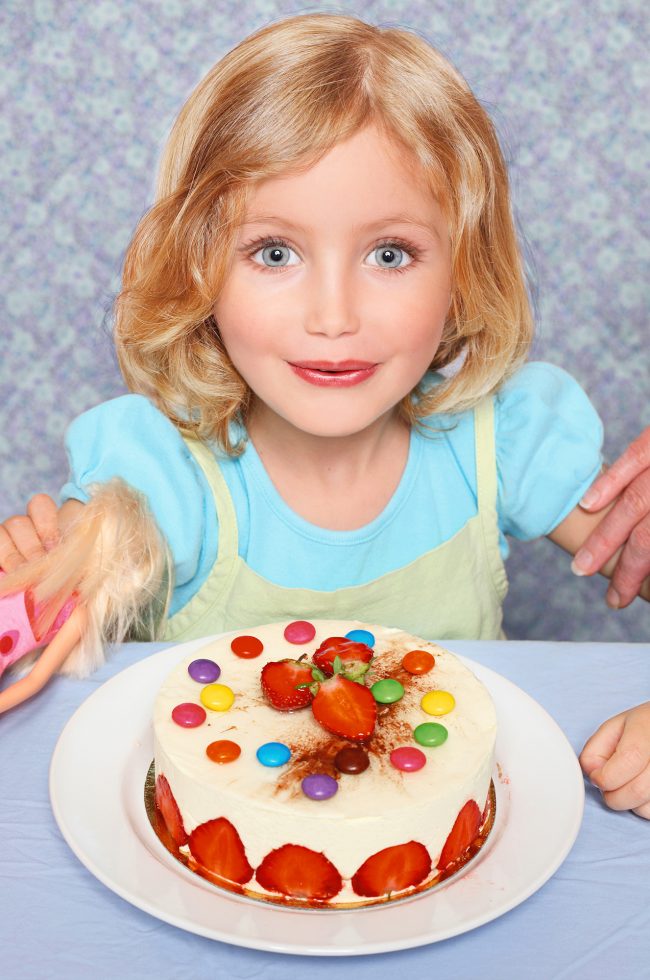
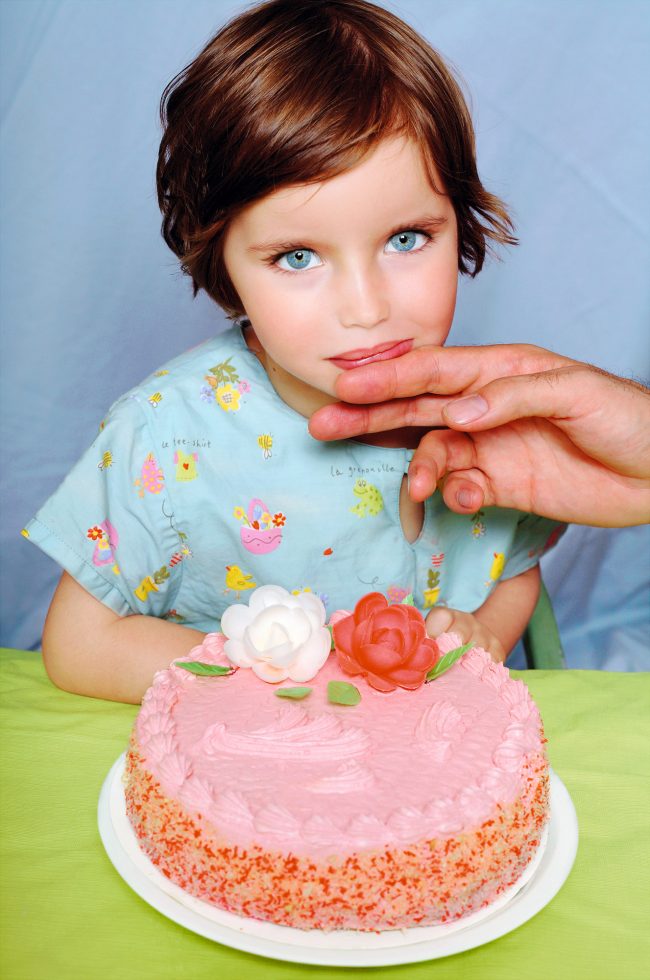
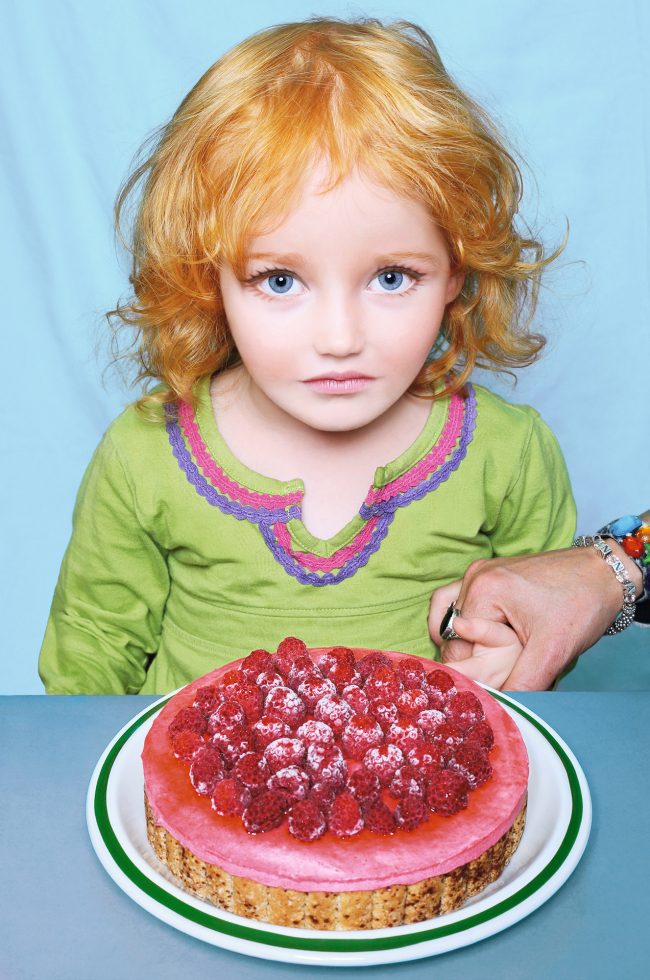

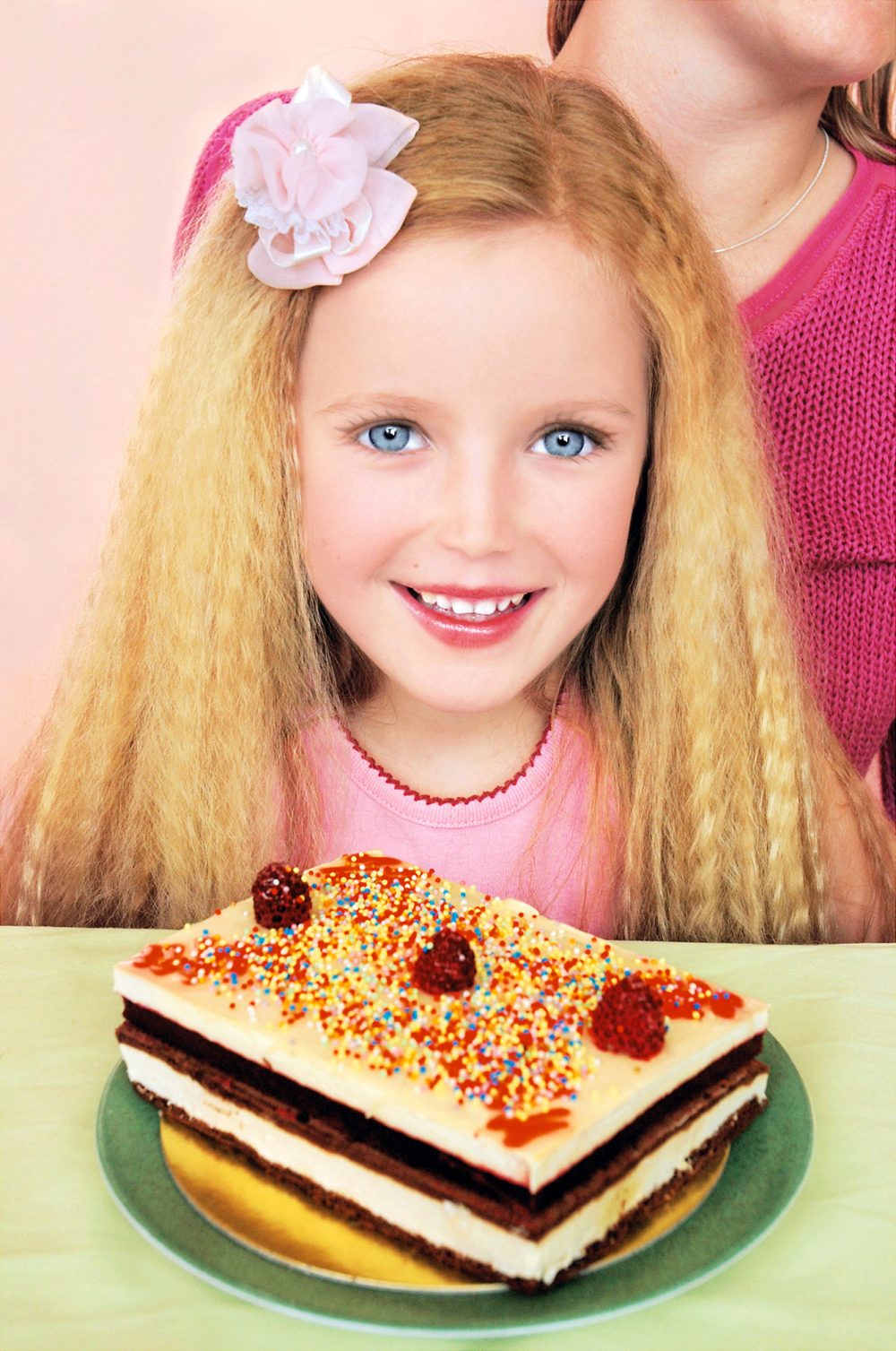
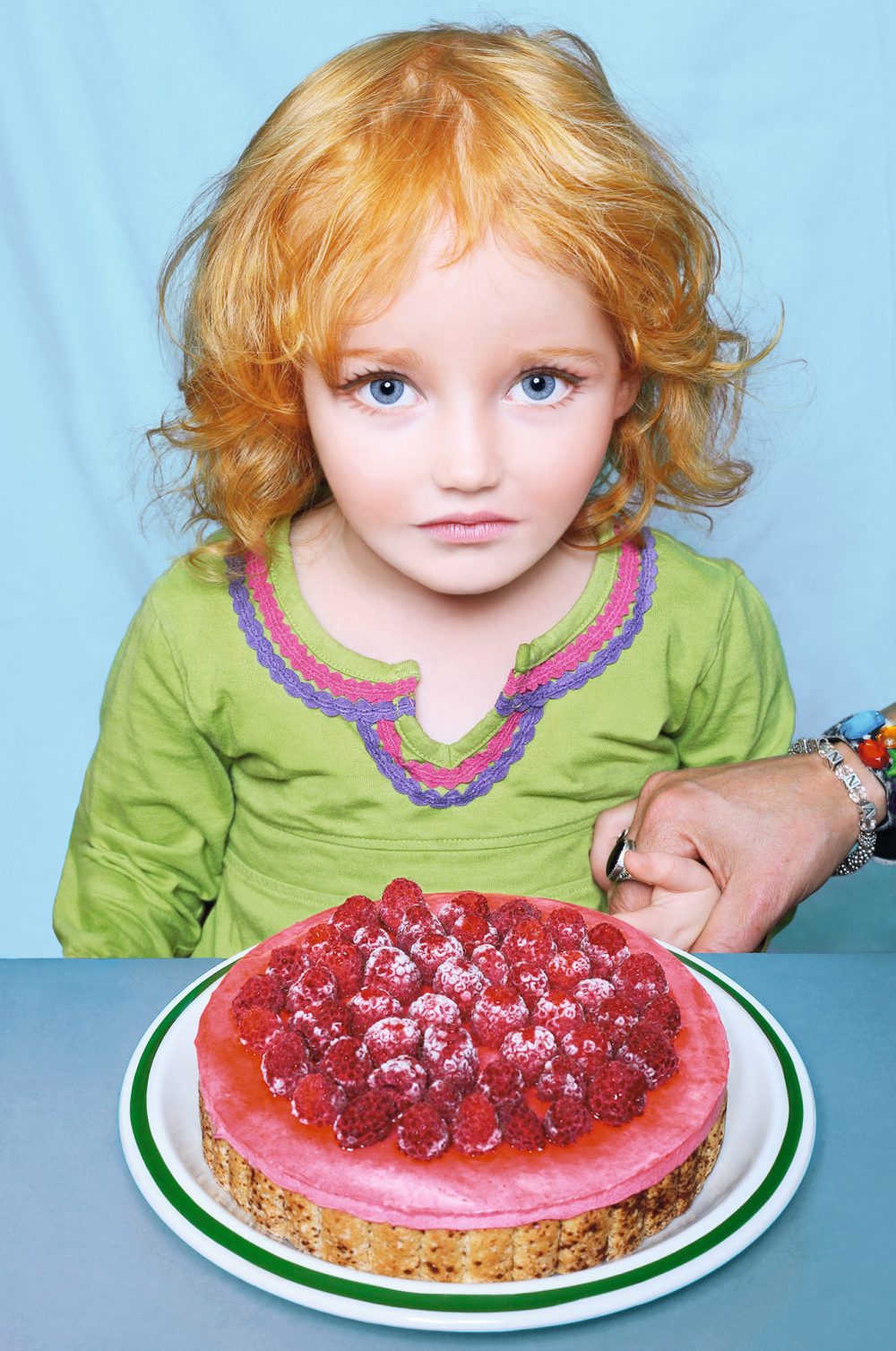
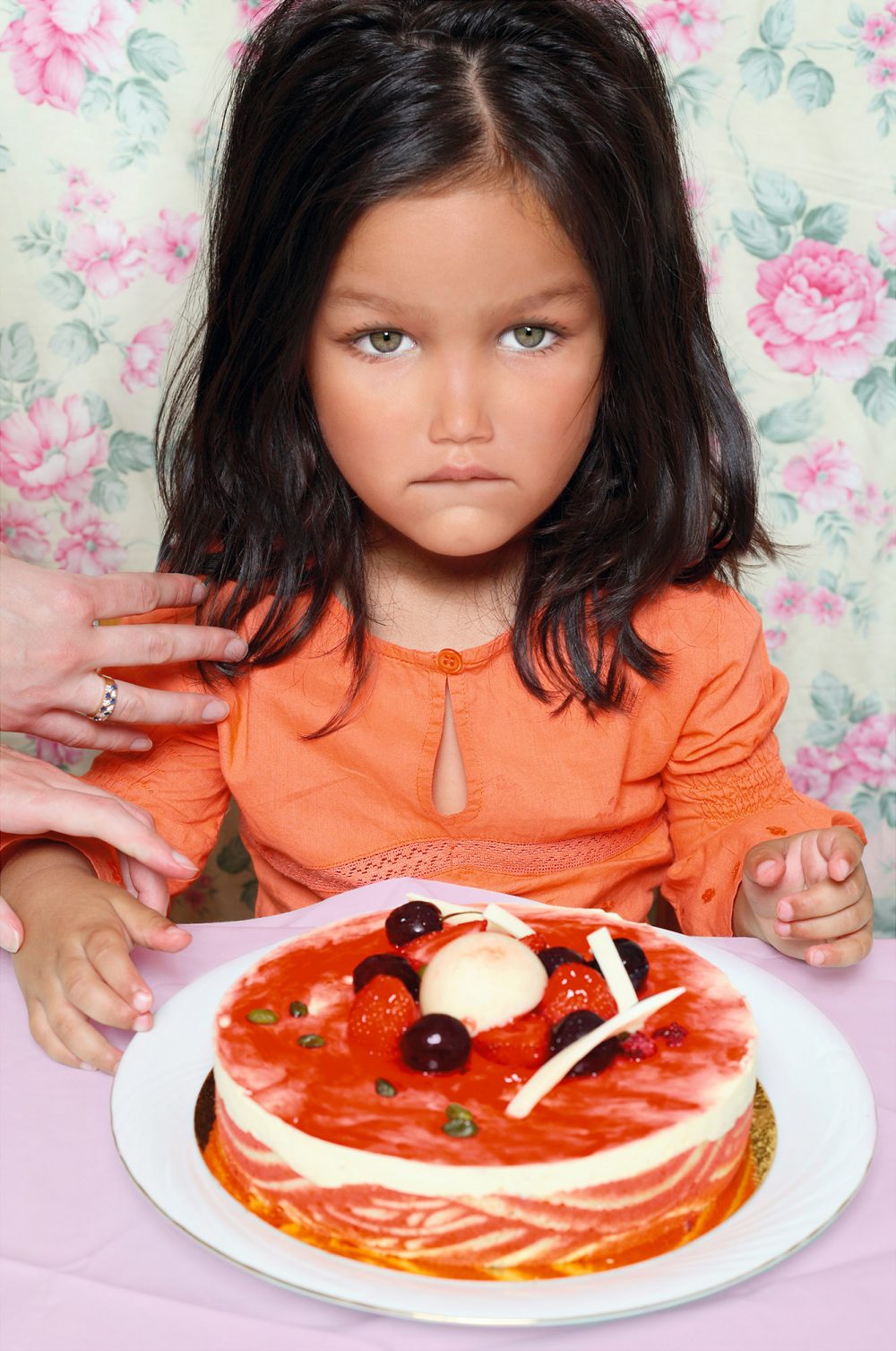
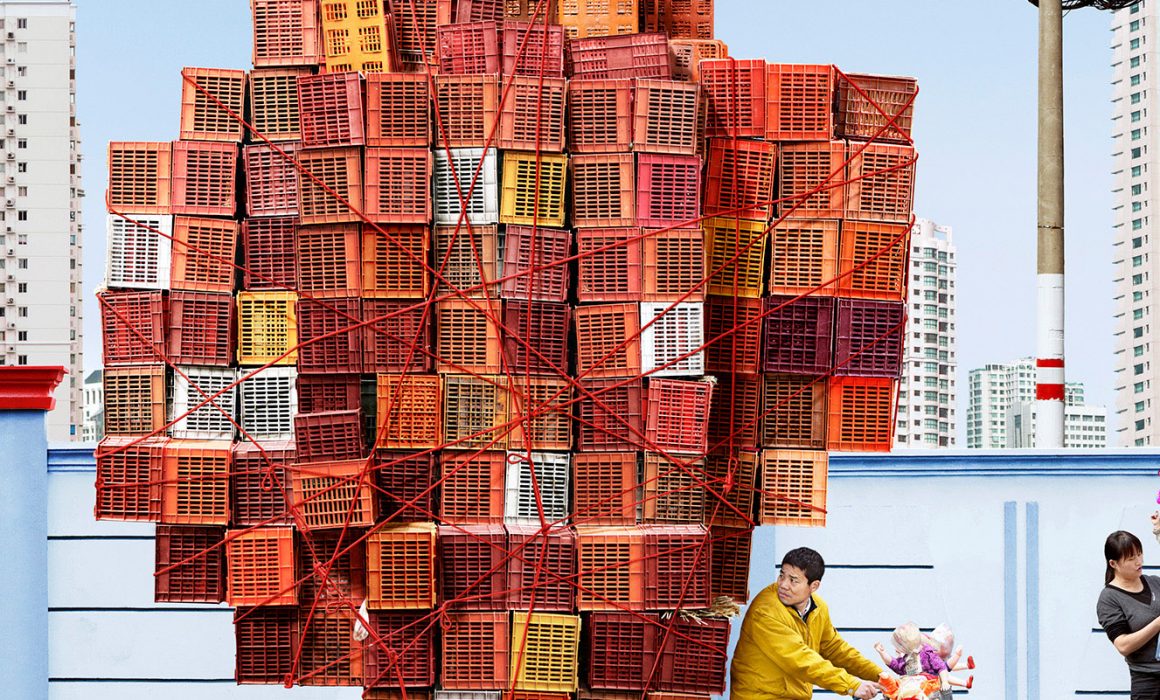
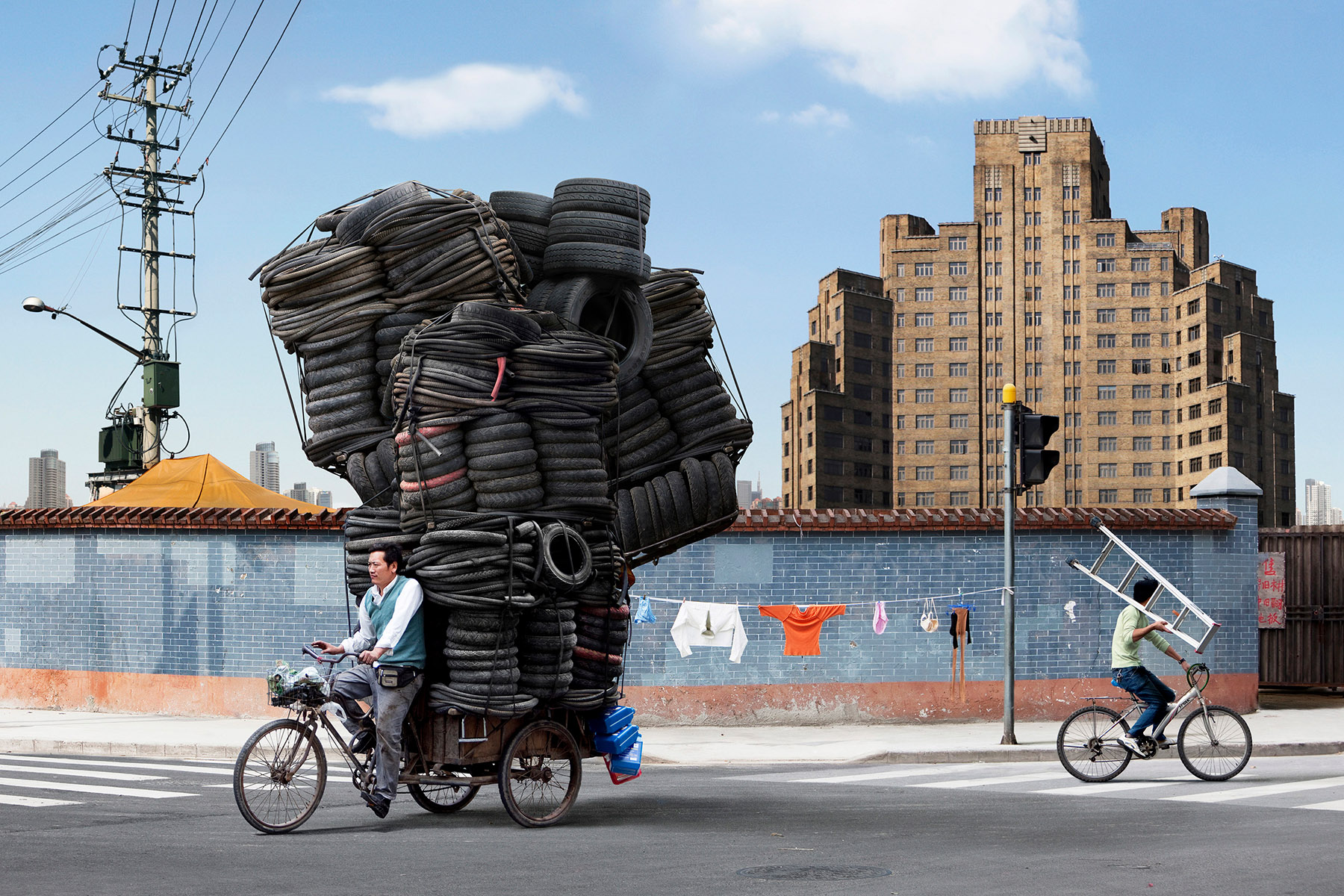
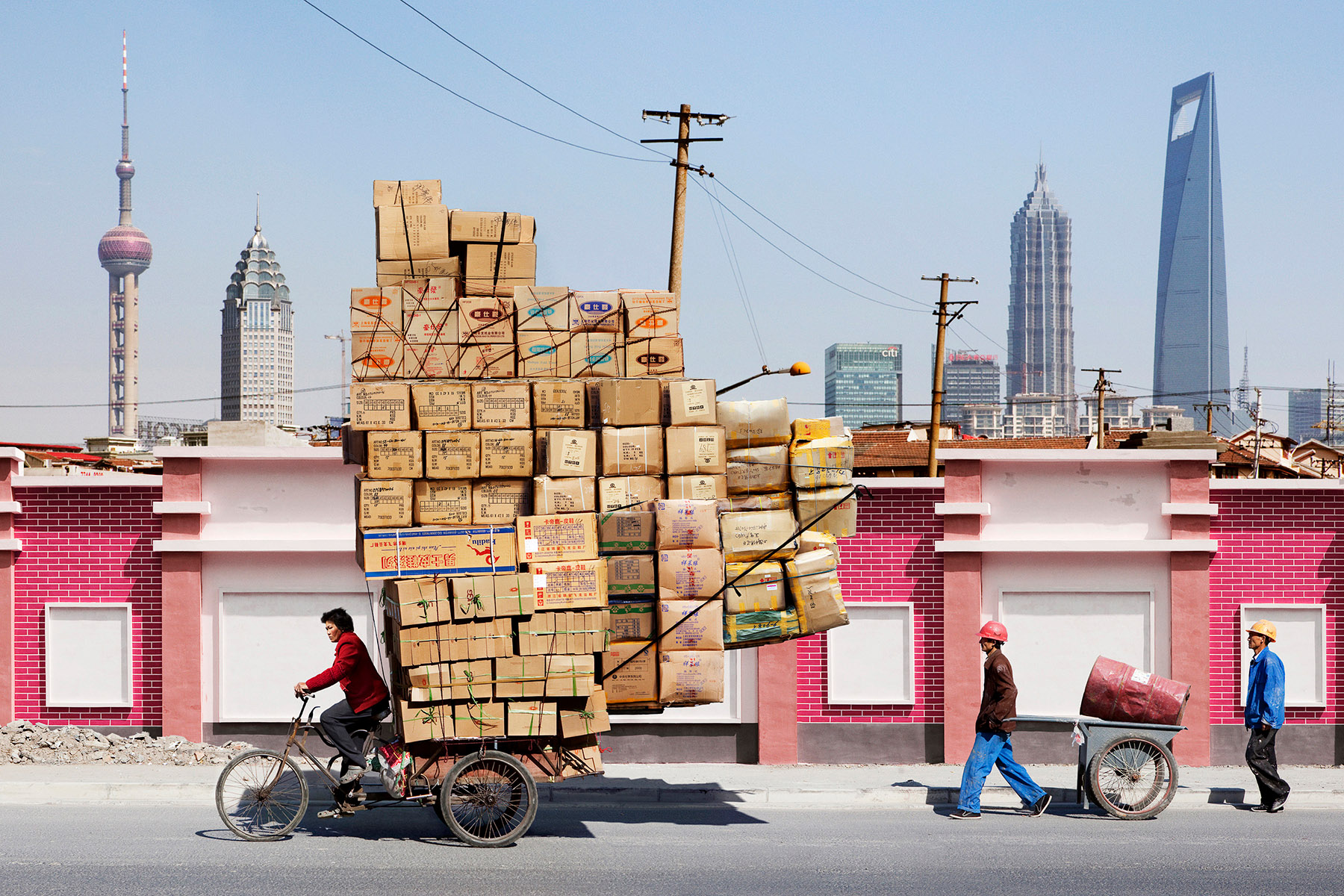
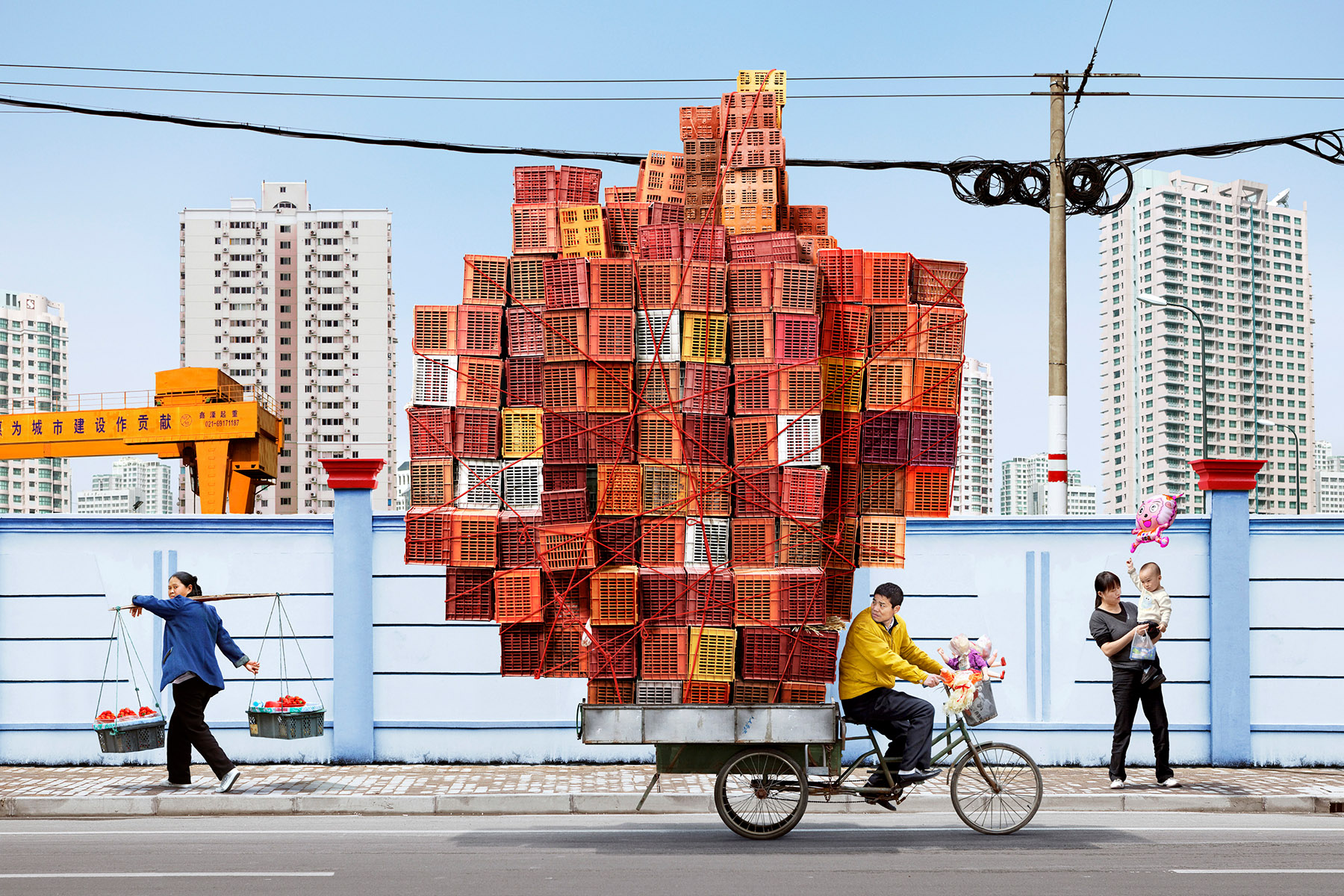
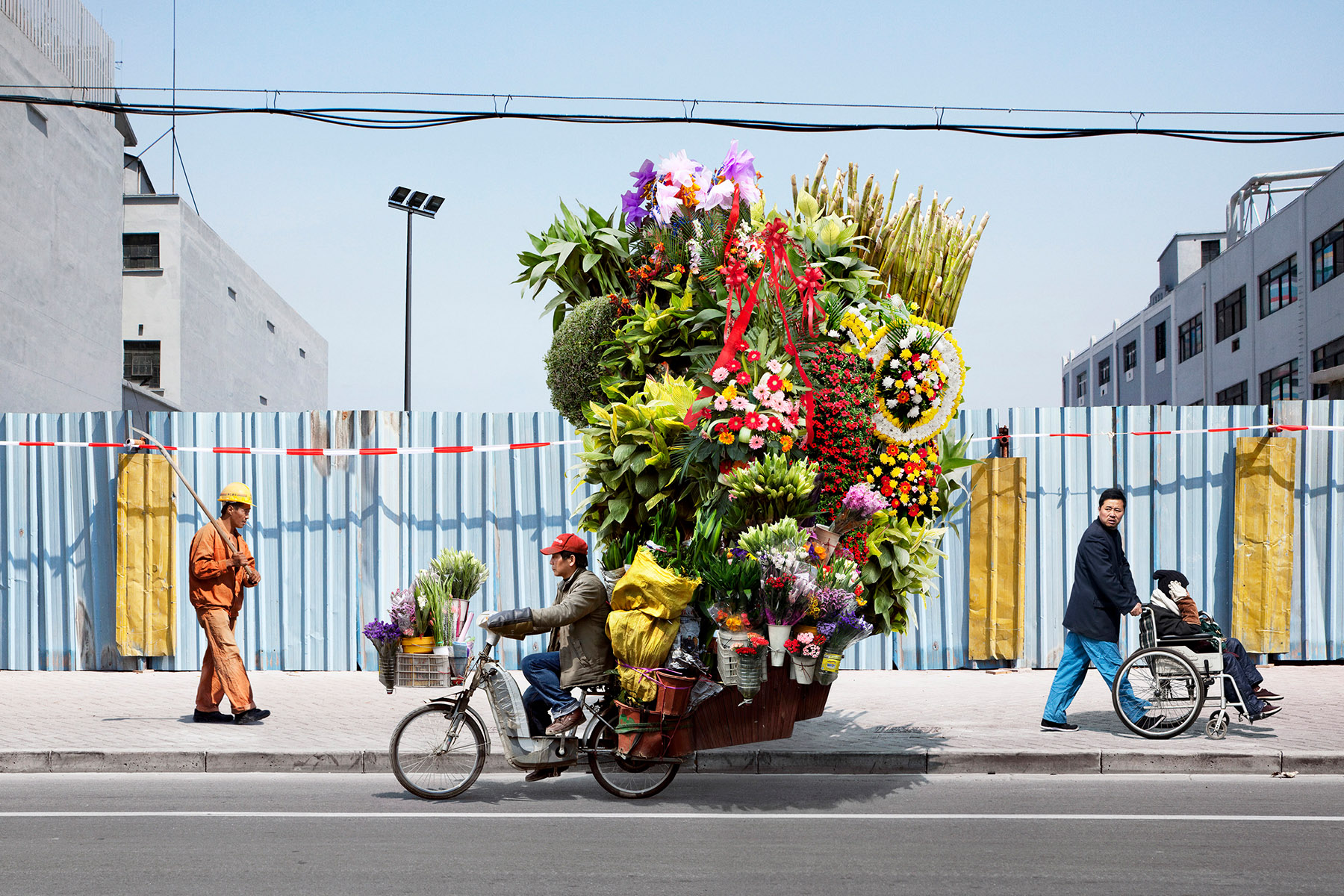
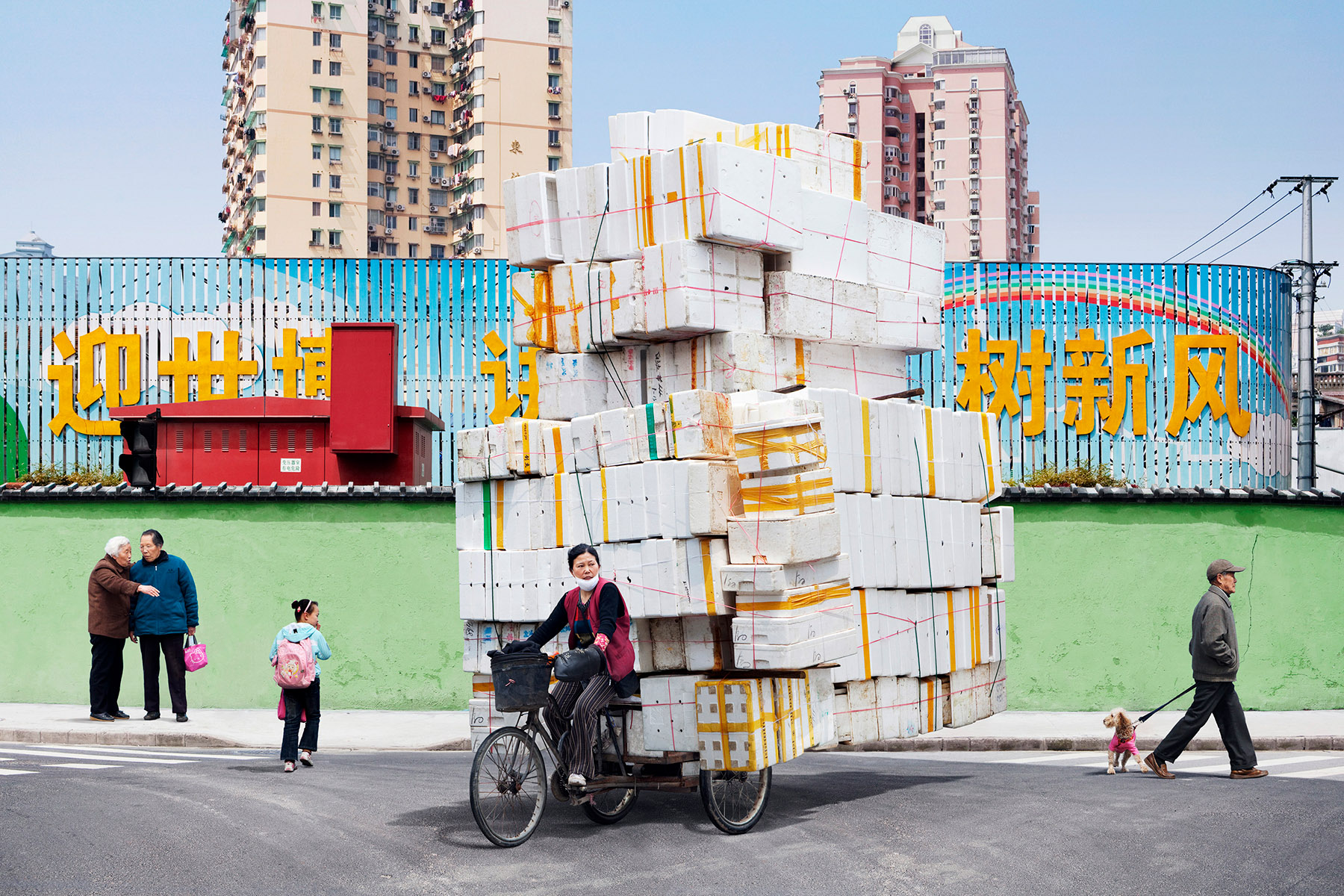
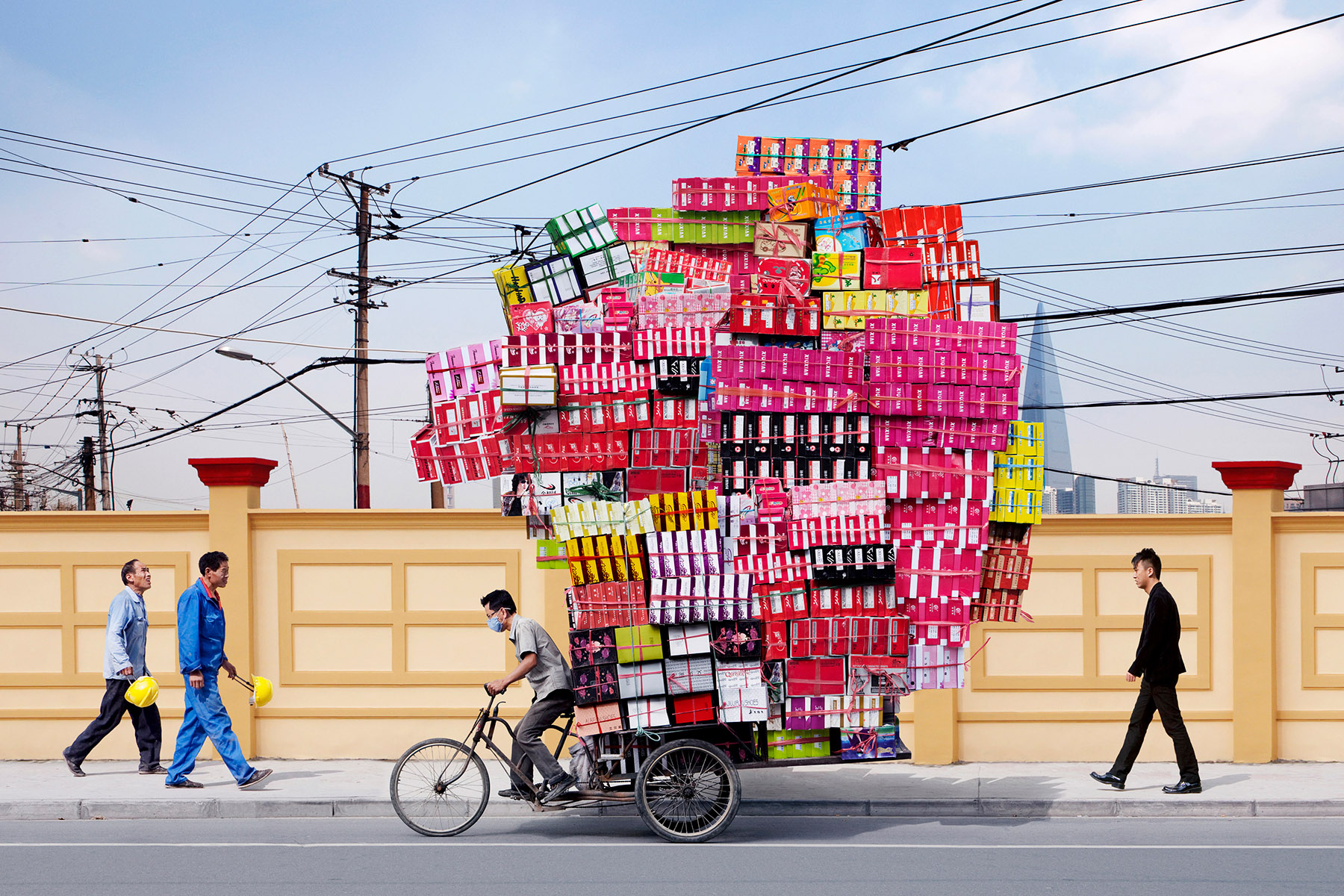
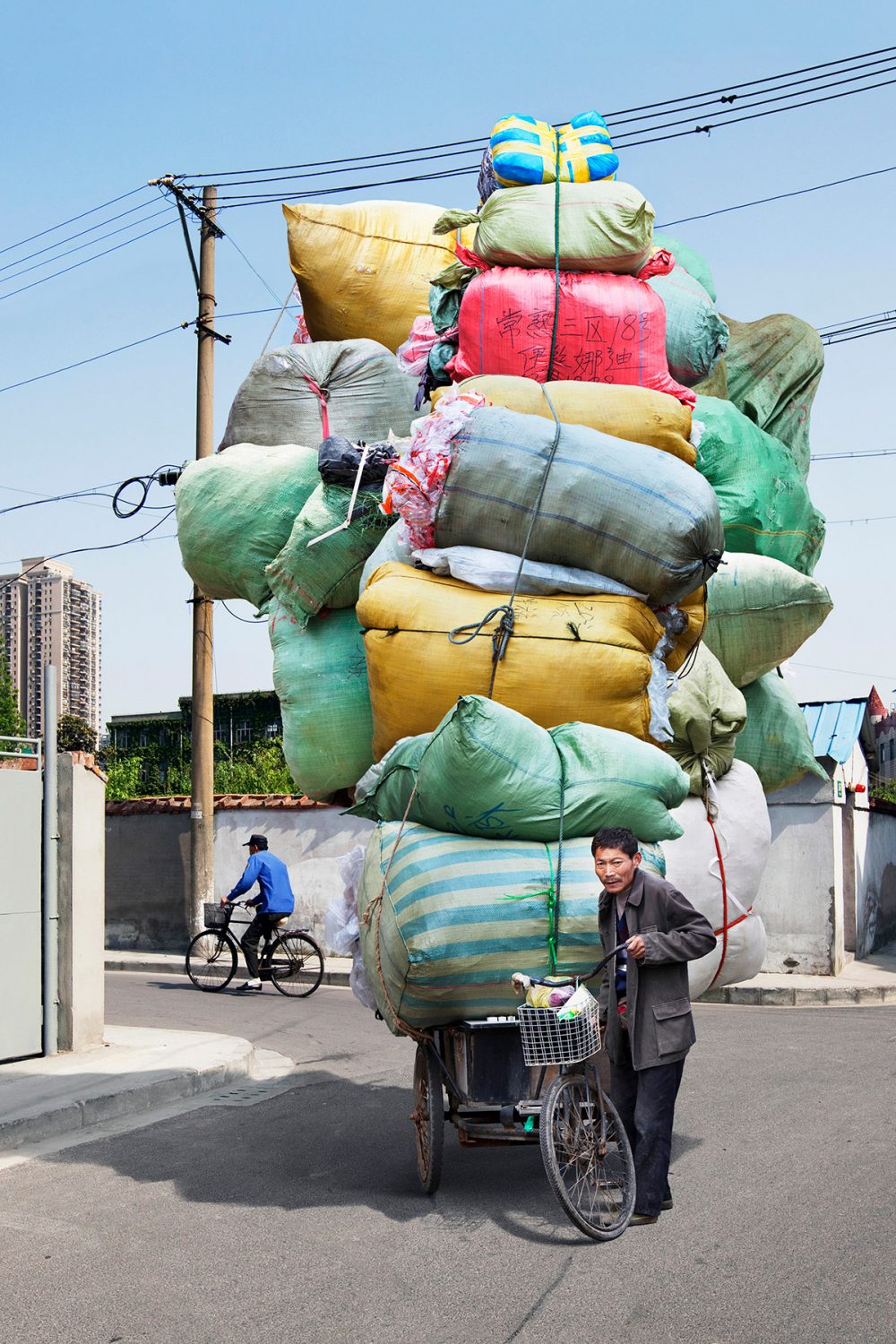
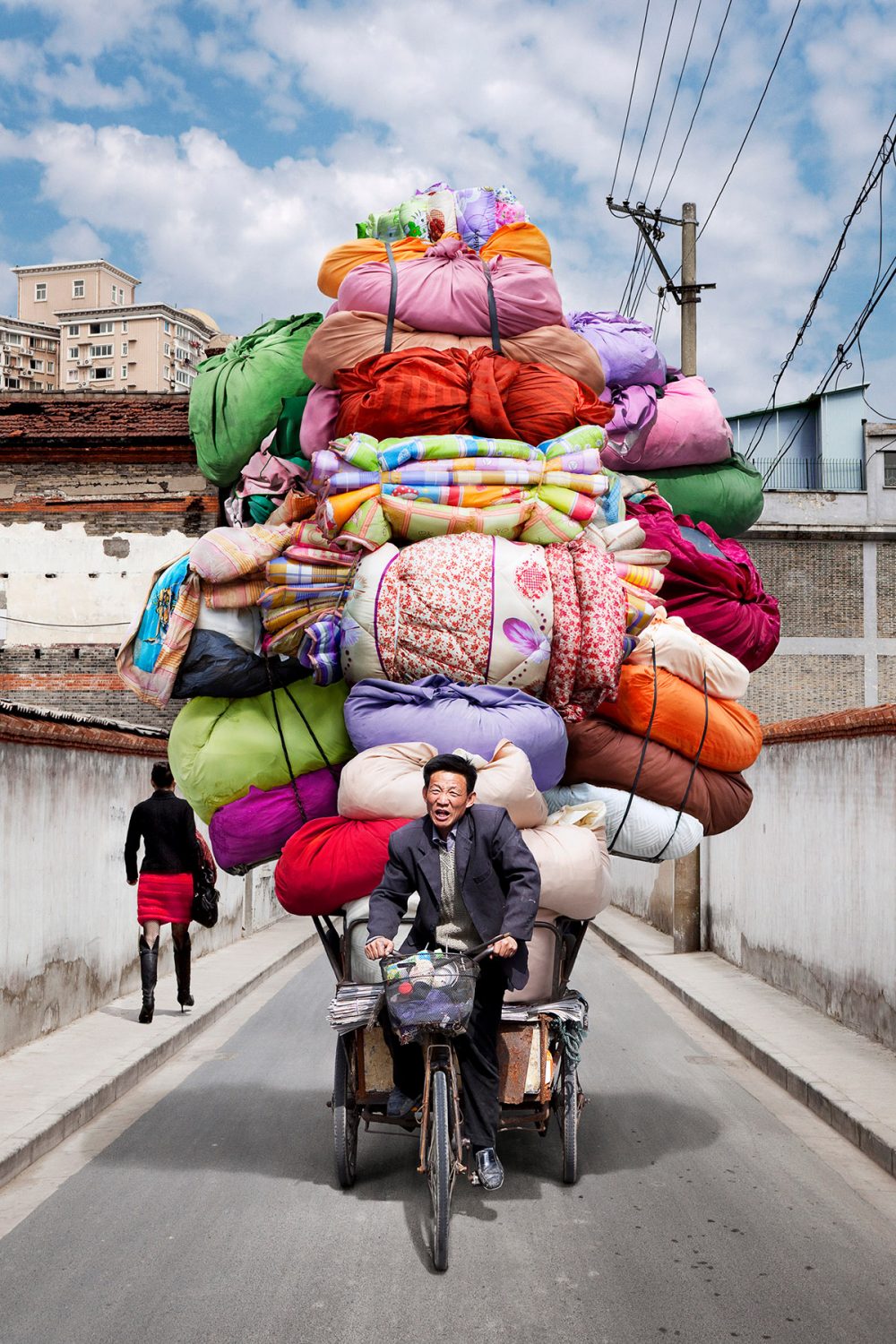
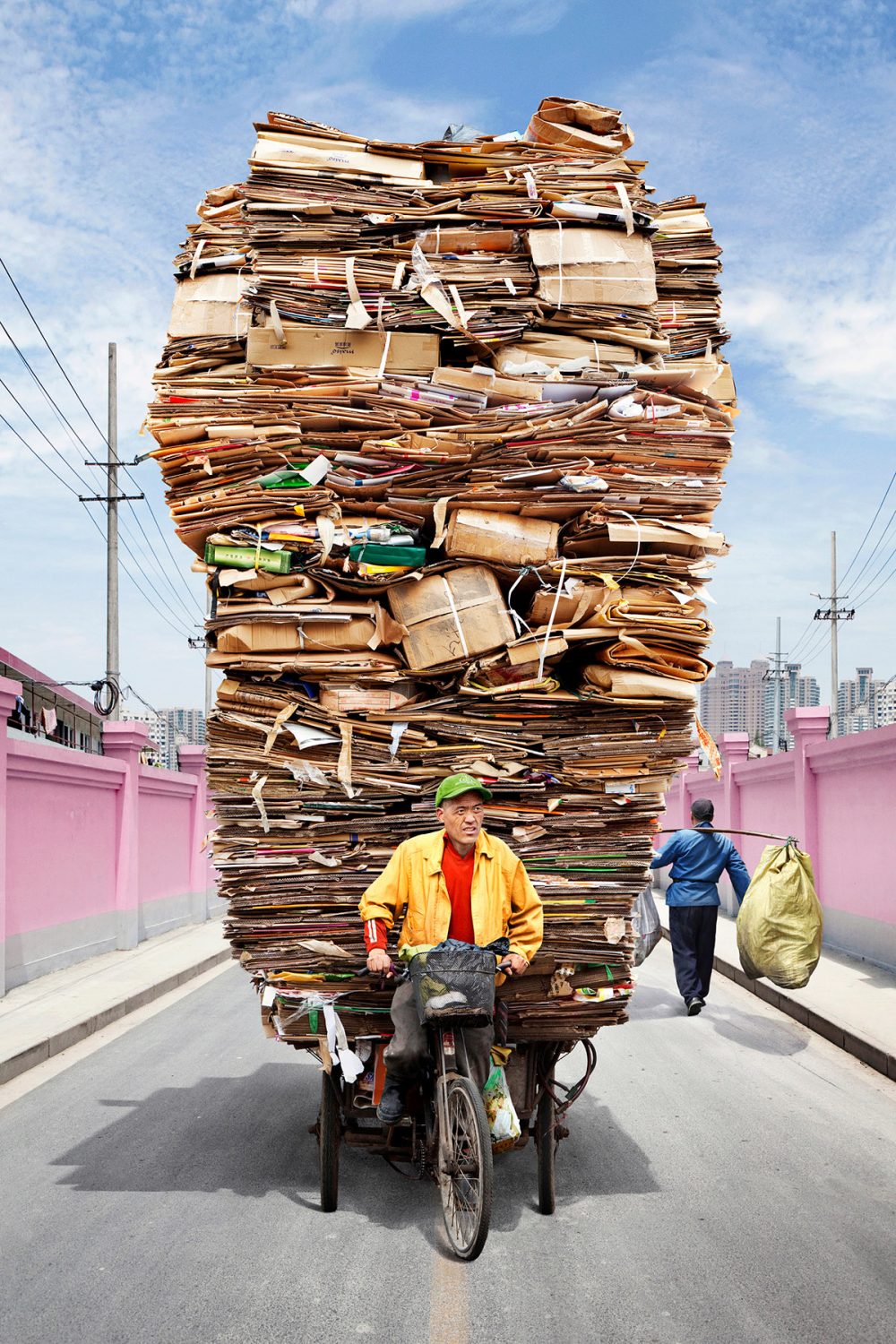
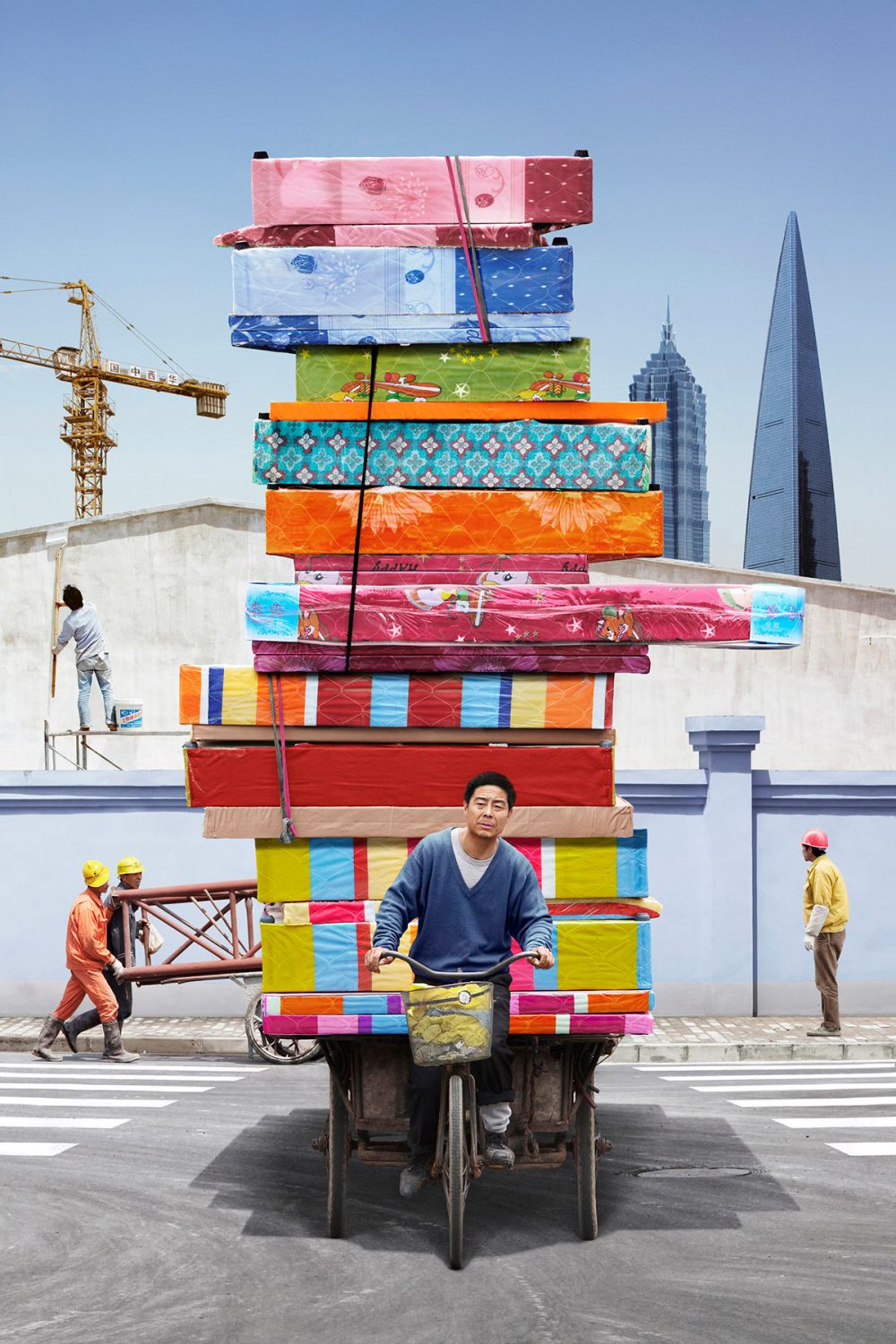

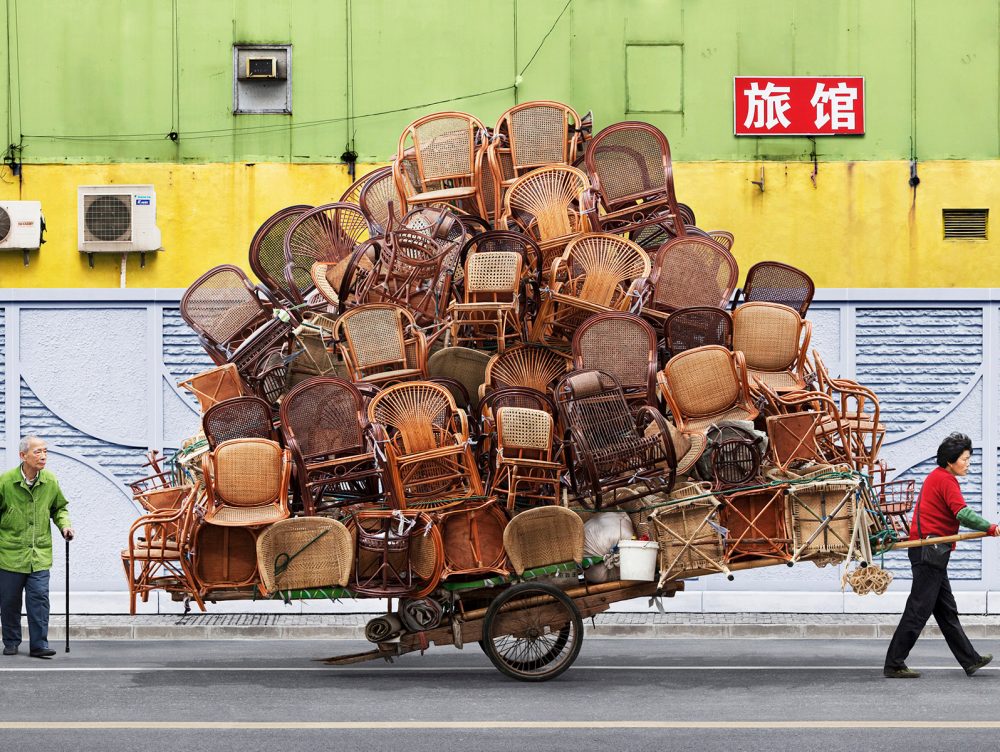
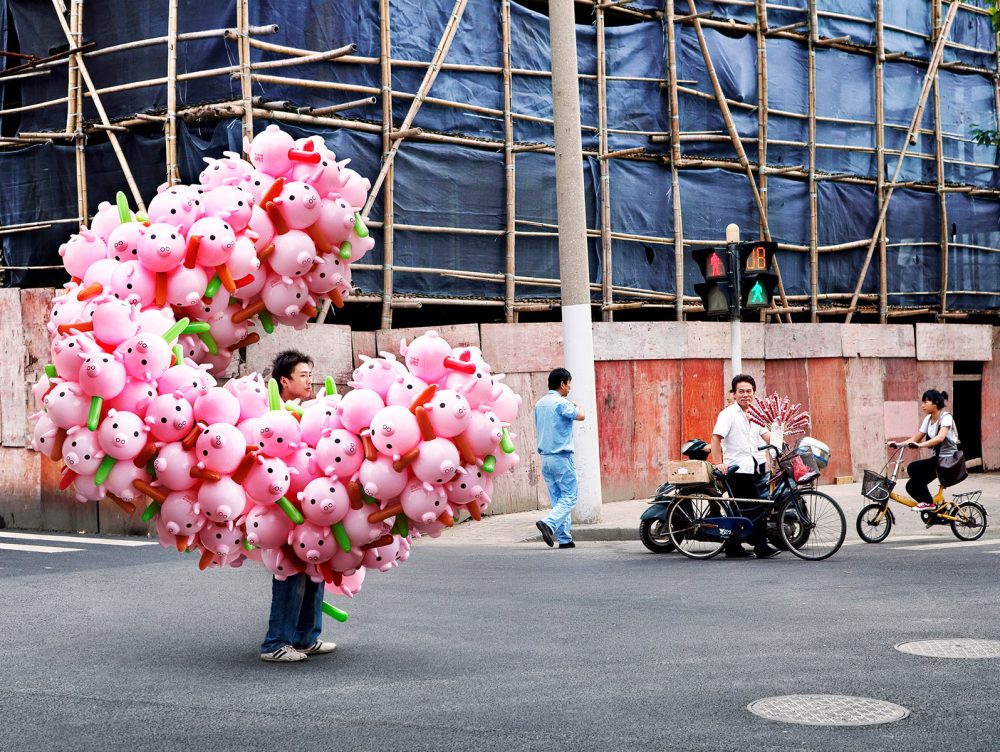
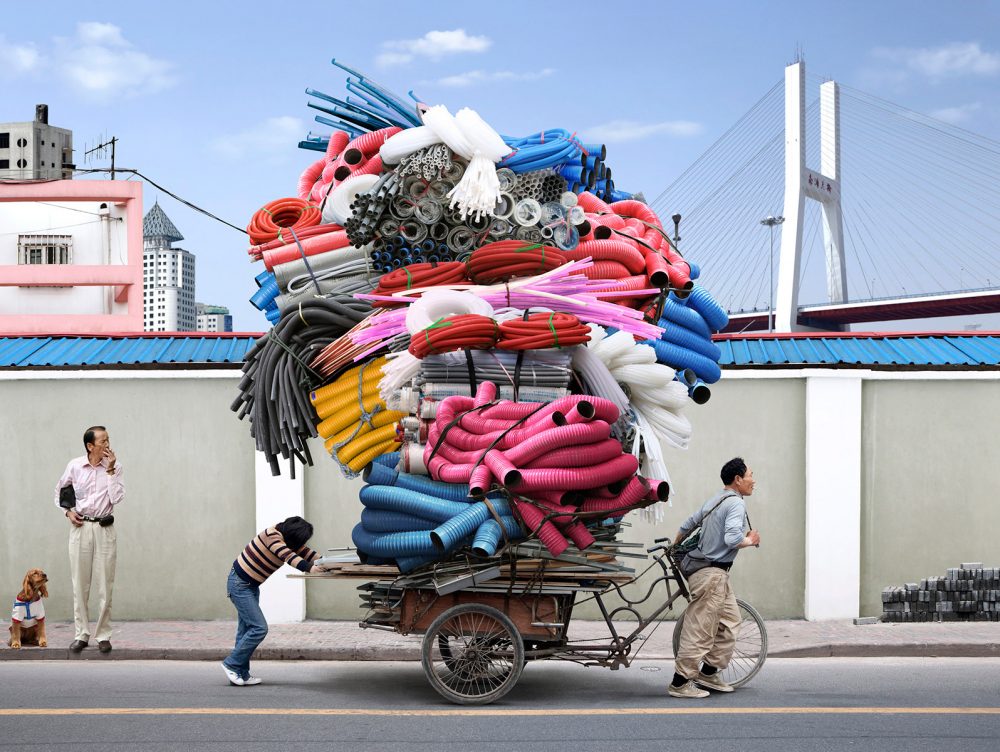
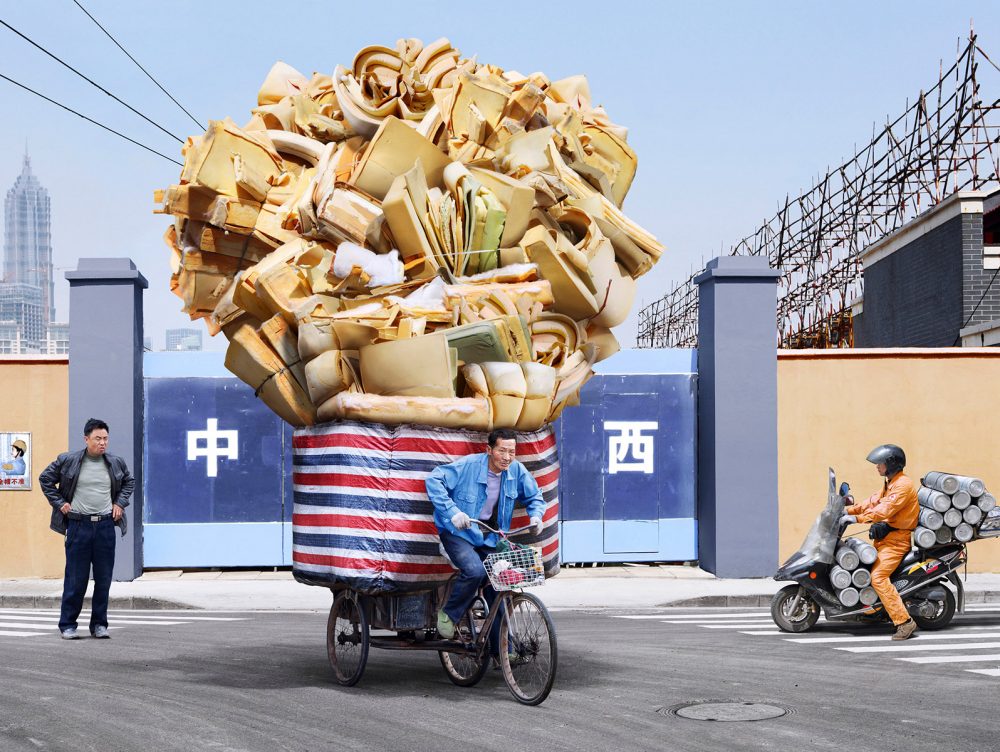


Commentaires récents